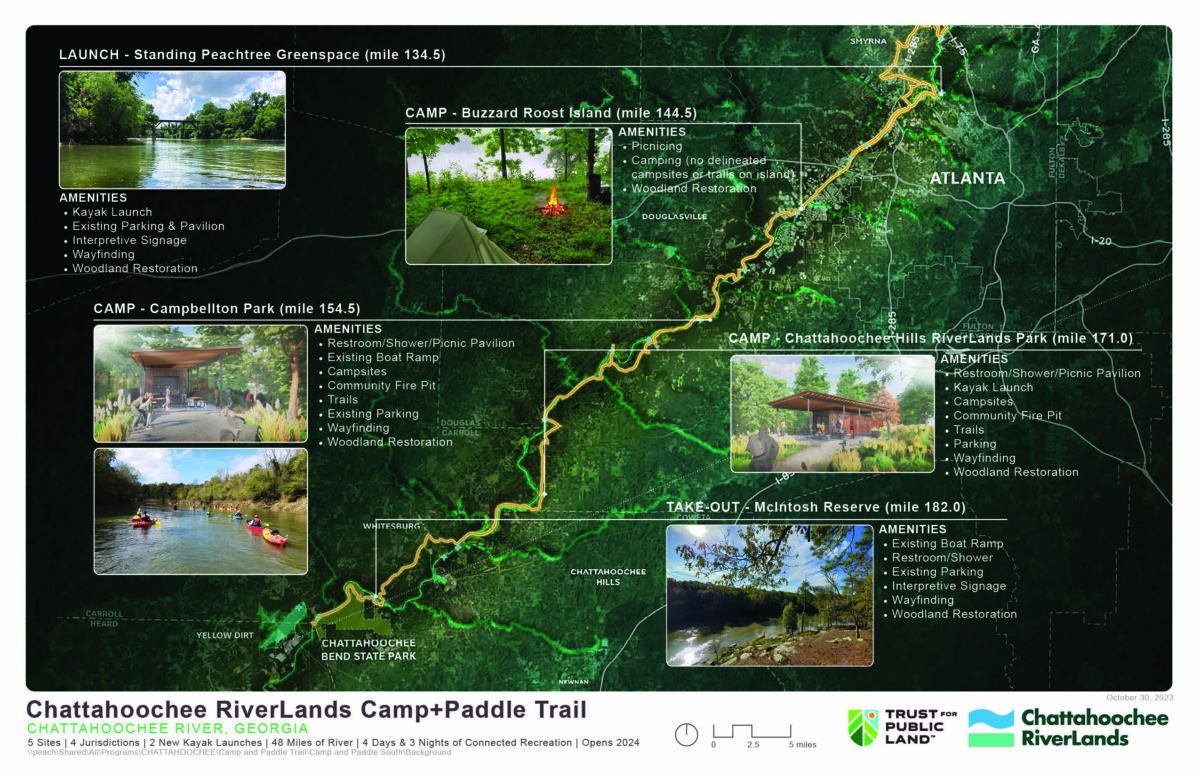
Buckhead is set to soon be home to the first Chattahoochee River public access point owned by the City of Atlanta. The East Palisades Trail in Whitewater Creek also provides public river access in the Chattahoochee River National Recreation Area.
Mayor Andre Dickens and officials from the Trust for Public Land, which is spearheading efforts to create 100 miles of trails and parks along the river, held a groundbreaking ceremony Nov. 2 at Standing Peachtree Park to mark the future park amenities and access point, which are slated to open in 2024.
Standing Peachtree Park, located off Ridgewood Road NW in west Buckhead, will receive a host of upgrades, in addition to serving as Atlanta’s first city-owned public access point along the major waterway.
The Nov. 2 groundbreaking ceremonially kicked off the construction of a new accessible kayak launch, an ADA-accessible pathway to the river, regrading of the access road on the site, and woodland restoration.
“Standing Peachtree is a great amenity for residences there, and this project will highlight the site and bring to the forefront access to the river,” Christine Hassell, Chattahoochee program project manager with the Trust for Public Land, said.
The kayak launch site will be along Peachtree Creek, Hassall said, allowing kayakers and others to acclimate to the water before the creek quickly meets the Chattahoochee.
“Right now if you want to kayak, you have to navigate a pretty rough, rutted, dirty and muddy road all the way down to the confluence of Peachtree Creek and the [Chattahoochee],” she said. “It’s quite a haul. And depending on the water level, you might have to navigate some steep, rocky grade to get into the water.”
The upgrades proposed for the project will bring the launch point closer to Standing Peachtree’s parking area, and the gravel pathways will be compacted and graded to ADA requirements, “so everyone can get access to the river,” Hassall said.
The city and Trust plan to cut the ribbon on the park’s upgrades, and thus open the Hooch to residents, in late summer or fall of 2024.
Other amenities could be coming further down the pipeline, Hassall added. The Trust for Public Land is also exploring a potential trail directly to the Chattahoochee River and repaving the park’s road.
The Chattahoochee River is a staple of the Atlanta area and far beyond. Following decades-long efforts to clean up the river, Mayor Andre Dickens highlighted the significance of the city’s first public access point in Buckhead.
“In my first State of City address, we announced that we’re taking the city to the river, and with this acquisition we’re providing the vibrant parkland that Atlanta deserves,” Dickens said. “We’ve come a long way from a river that used to be a public health threat to recognizing the Chattahoochee River as a special gift that has been given to us.”
George Dusenbury, Georgia state director with the Trust for Public Land, said the groundbreaking at Standing Peachtree “marks a huge step forward in providing connectivity to one of the region’s most popular and significant natural spaces.” Dusenbury also credited public and private partnerships in bringing the access point to fruition.
As the public begins to access the Chattahoochee outside of multiple parks in the Chattahoochee River National Recreation Area, Hassall said work continues to change the “image problem” of the river.
“The Chattahoochee Riverkeeper has done so much work along the river for years, really setting standards, addressing pollution, keeping the river as clean as possible and monitoring [water] quality,” she said. “The health of residents and the health of the river is not something any of us take lightly. The river is a lovely amenity. It’s clean. And the Riverkeeper can notify us when it’s necessary to get out of the river for water quality issues.”

Buckhead’s access point is part of the Chattahoochee Riverlands project envisioned by the Trust for Public Land, a national nonprofit organization aiming to provide parks and protect greenspaces. The Riverlands project includes proposed parks, river access points, trails, and points of access along 100 miles of the Chattahoochee beginning near Lake Lanier in Gwinnett County, and following the river south through Metro Atlanta to Chattahoochee Bend State Park near Newnan.
The Standing Peachtree Greenspace access point will serve as the northernmost section of the Camp+Paddle Trail portion of the Riverlands project. The 48-mile section of the Riverlands project includes the Buckhead access point, camping at Fulton County’s Buzzard Roost Island — which will only be accessible by kayak — along with camping at Campbellton Park in Chattahoochee Hills and a new overnight site in Chattahoochee Hills. The Camp+Paddle Trail ends at McIntosh Reserve in Carroll County. The Riverlands states this project will allow park goers four days and three nights camping and paddling along the river.
Here is your chance to own a grand home with the best views in the city, and all of this within walking distance of the best hiking in the metro area! The beautiful stone and shingle facade is nestled among mature trees, but wait until you see the jaw-dropping back of the home. Here you’ll find stone terraces and multiple decks serving four floors of living space. An elevator makes it easy for your multi-generational family to enjoy all of the wonderful spaces. The pool terrace features a spa and natural stone diving rock, and don’t miss the view all the way to downtown Atlanta.
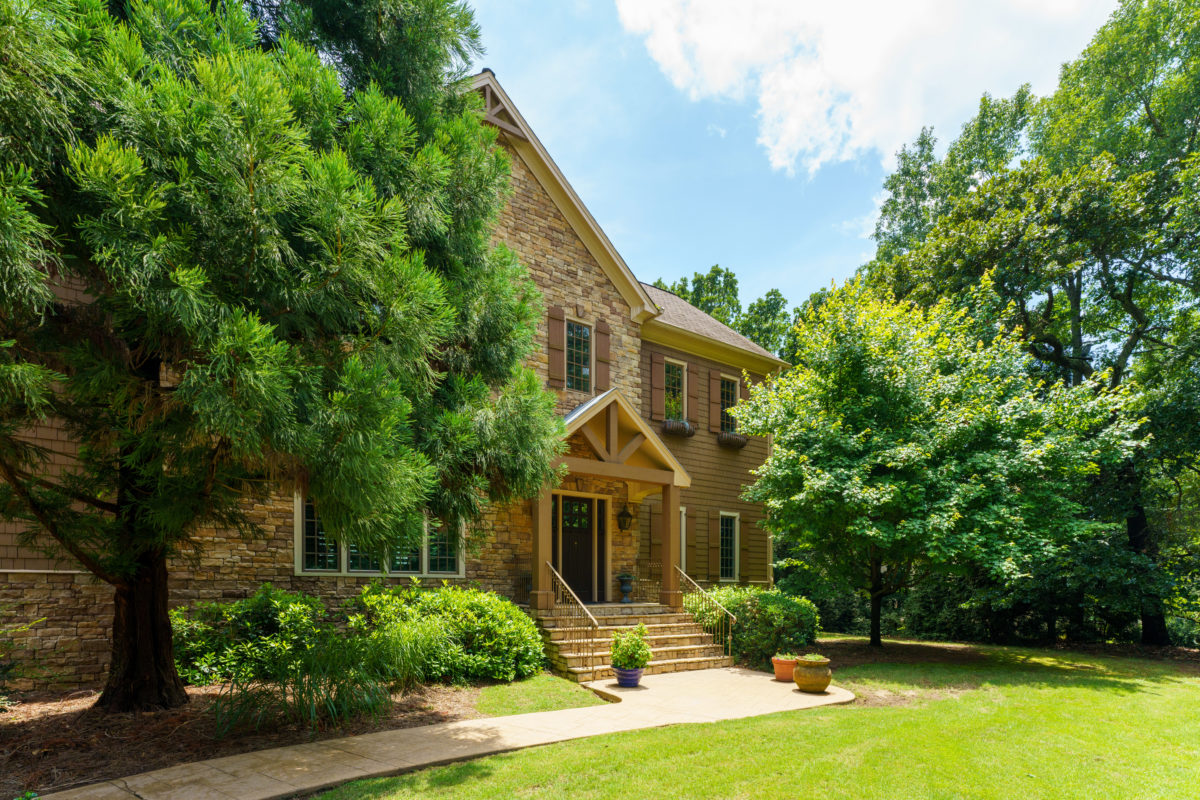
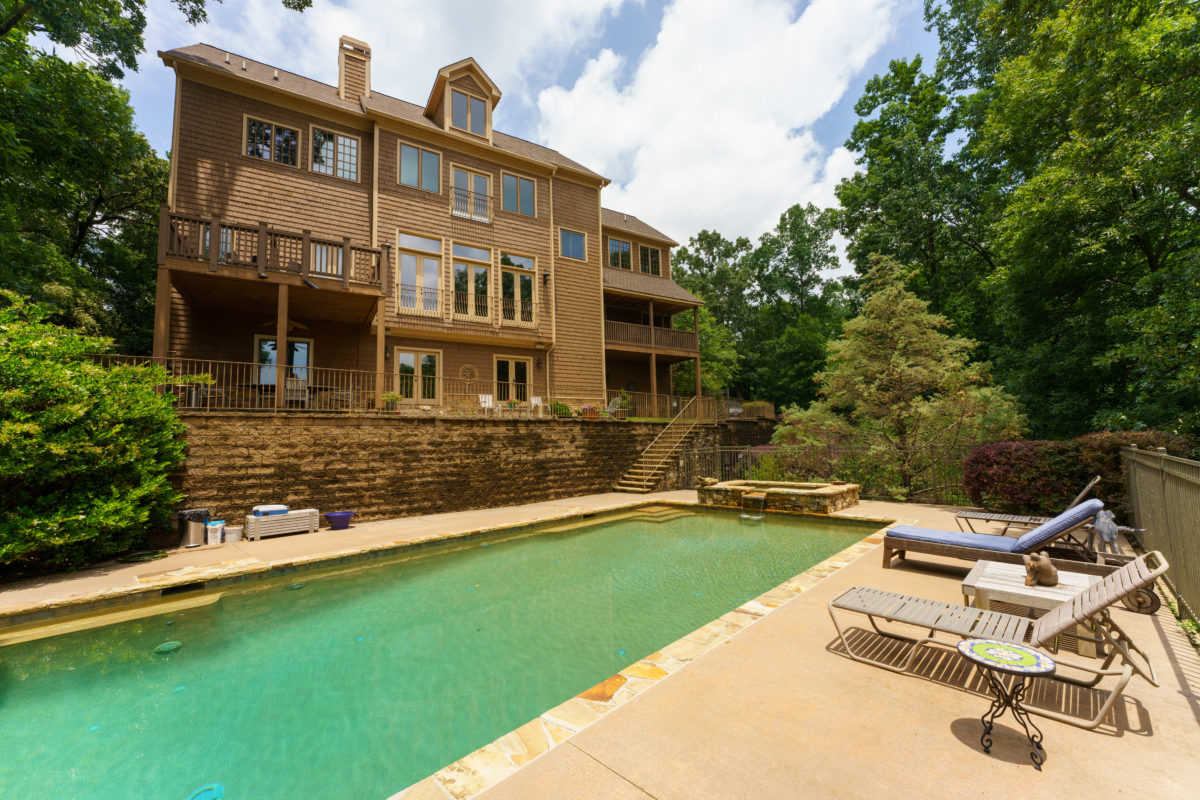
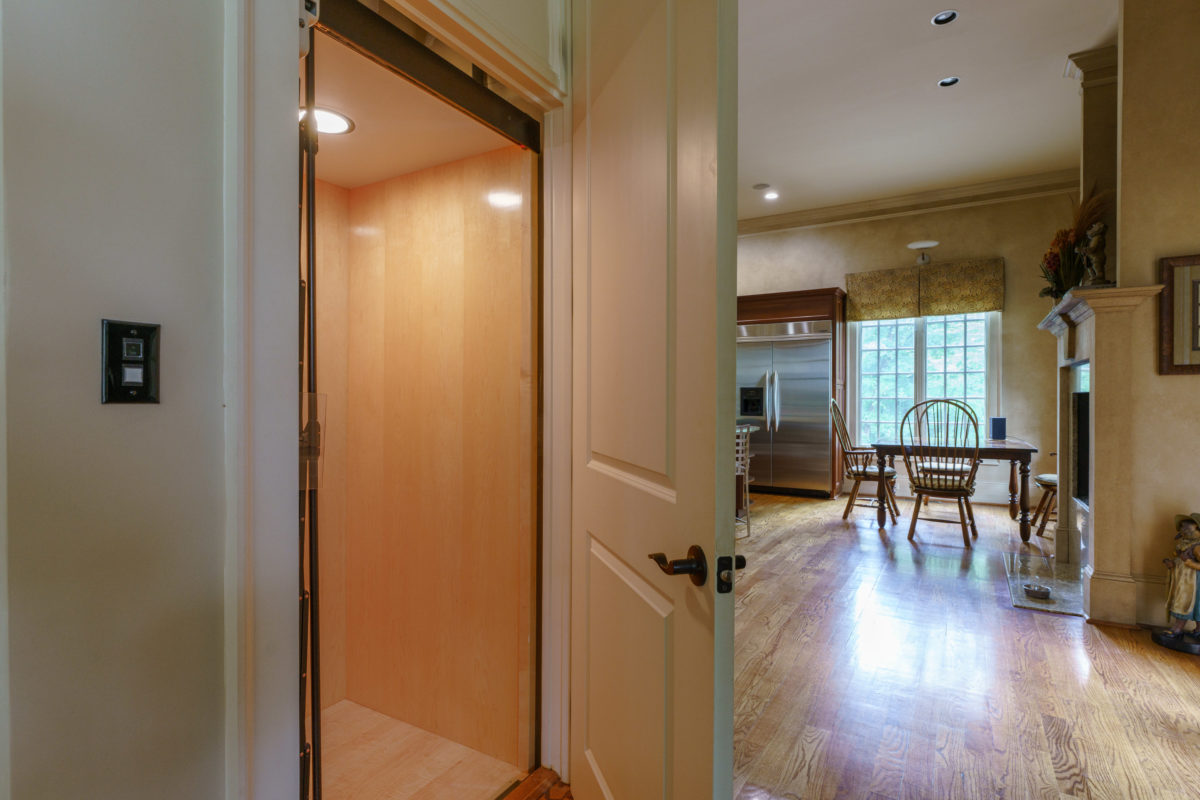

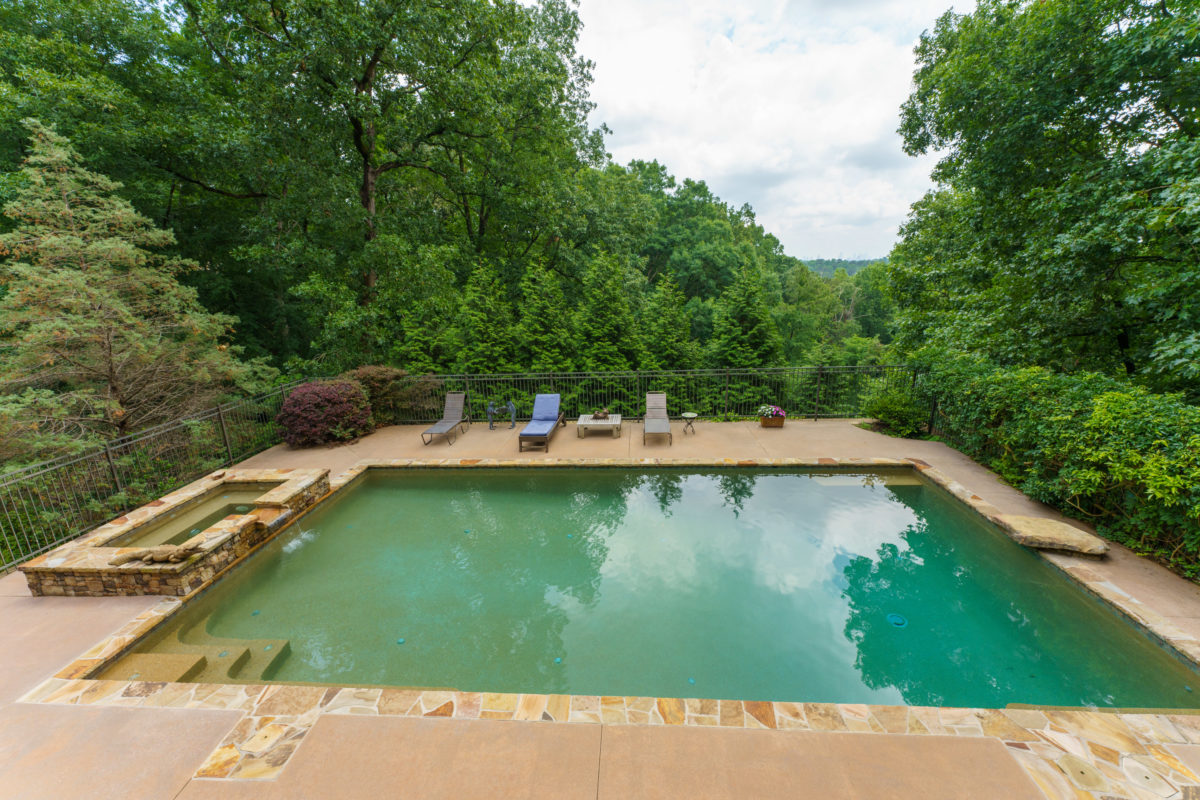
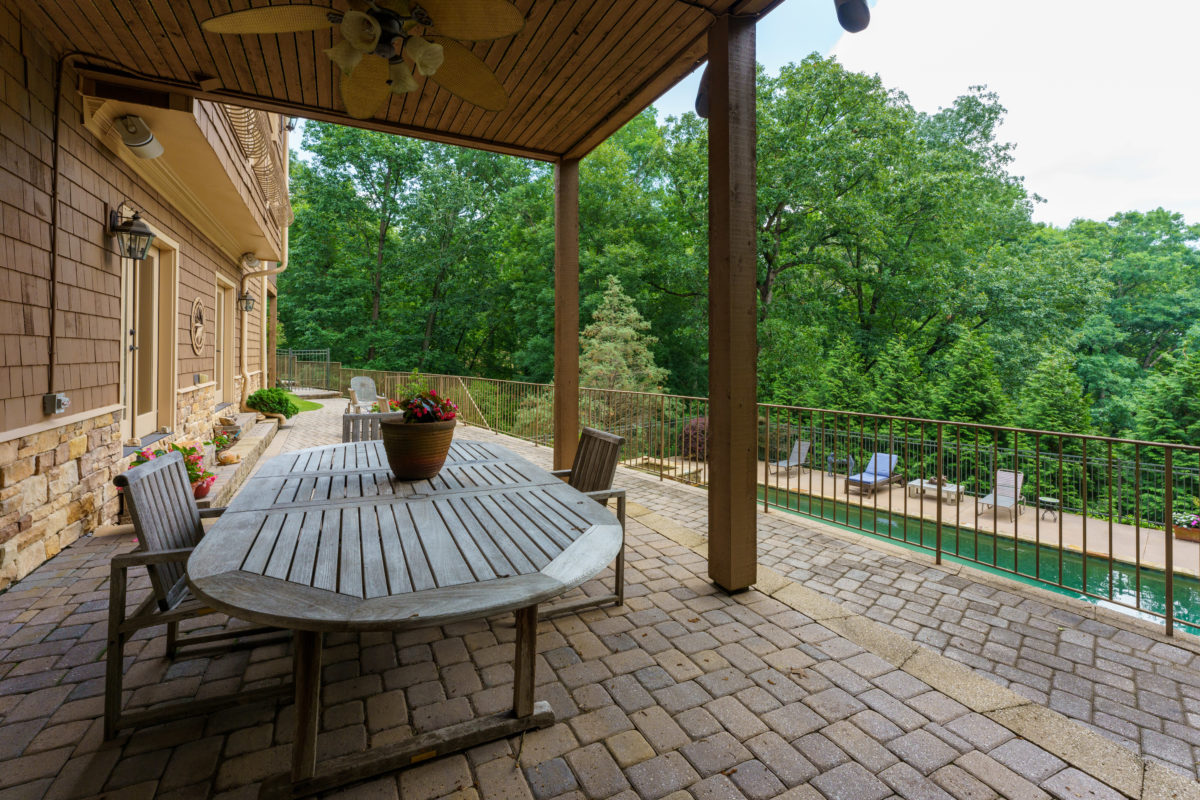
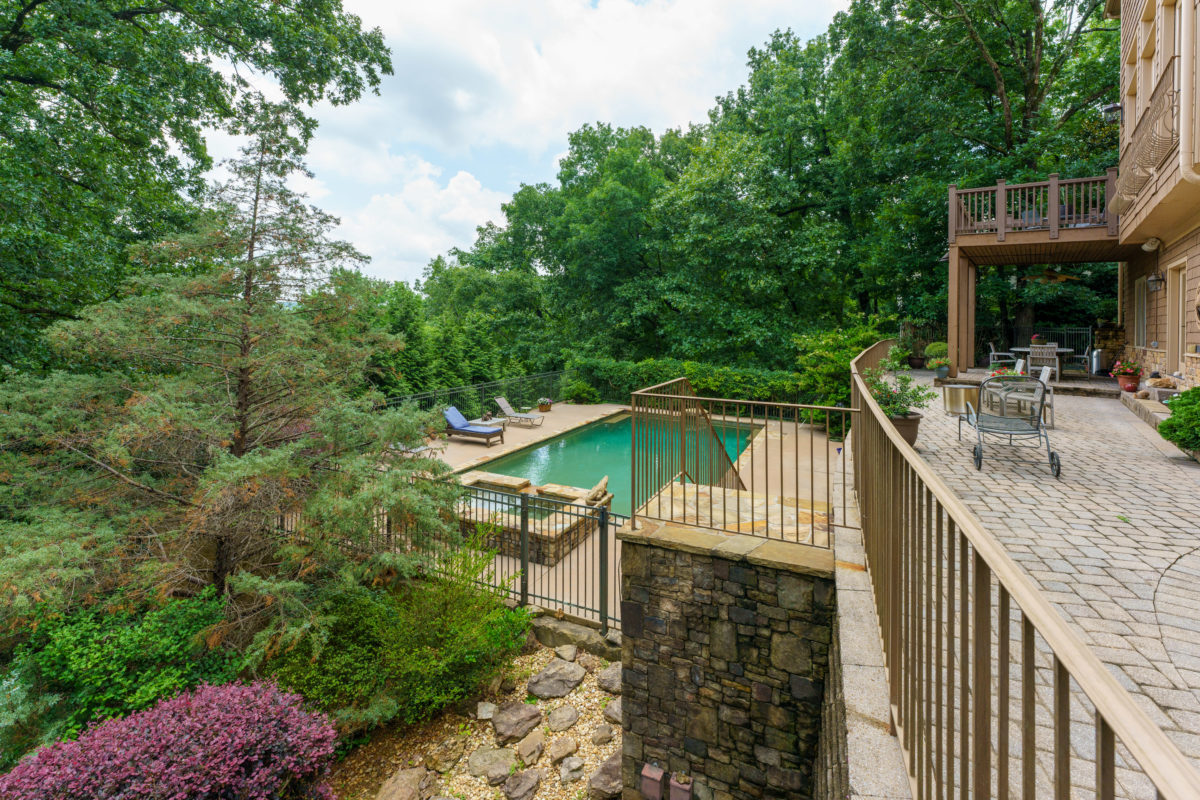
The entire skyline of Atlanta is clearly visible from every room on the back of the house. Watching the sun rise and set over the city from your private retreat in the trees is the perfect blend of privacy and connected living. This amazing view of the Atlanta skyline was recorded from the third floor window of 1380 Indian Trail NW, and it is representative of the views from each floor of the home.
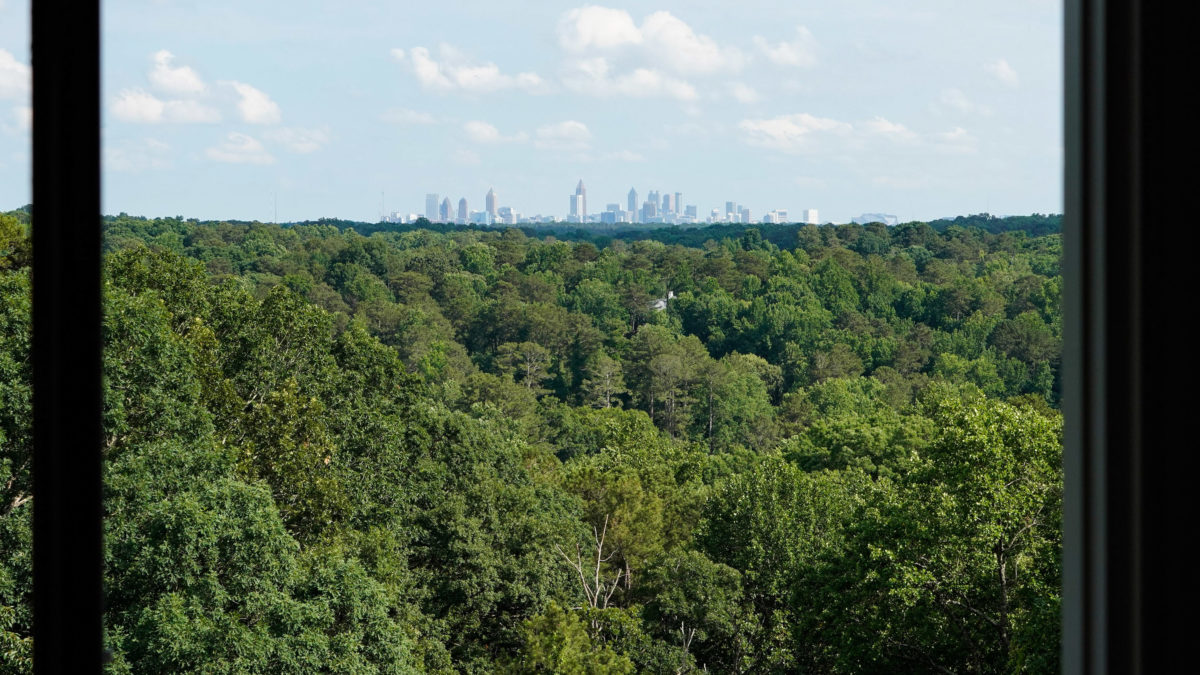
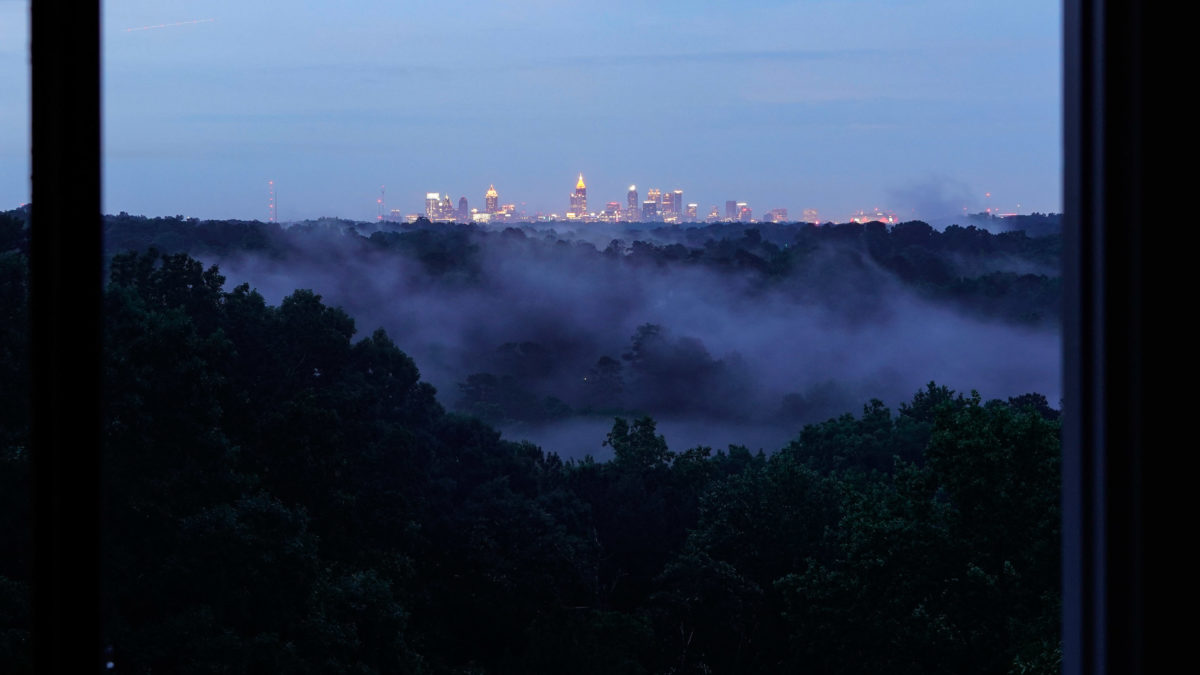
There’s no better spot for you if you like hiking and outdoor activity. The East Palisades trail in the Chattahoochee River National Recreation Area is less than 1000ft from your front door! You can take your morning walks through the best hiking trails this side of North Georgia, or enjoy the tiny commute to put your kayak or tube in the water.
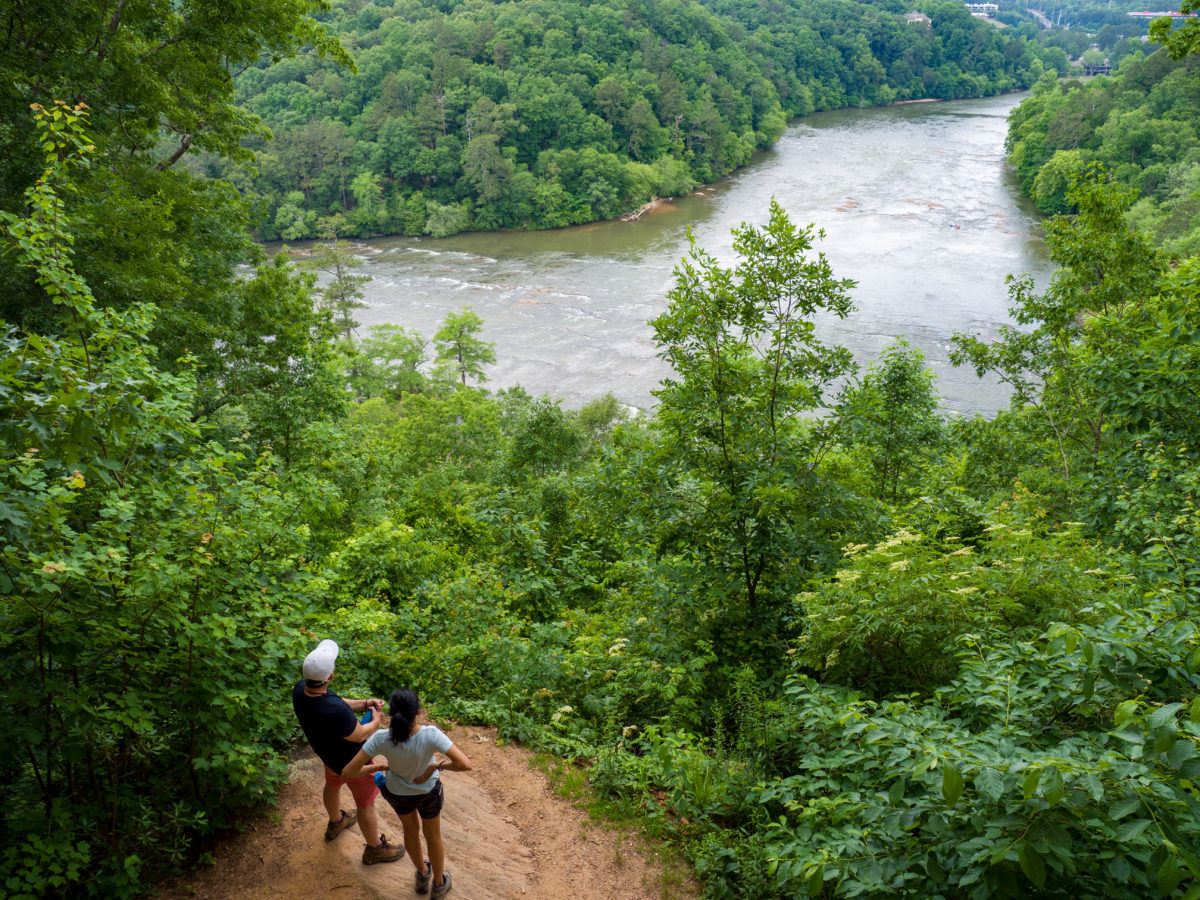
You will notice the high ceilings, detailed millwork, and open floor plan when you walk through the front door, and then the view will grab your attention. The wall of windows across the back of the home dramatically showcases the view across the treetops all the way to downtown. The open space includes a formal dining room and a large fireside family room. To your right you’ll find the library, with built in shelves and rich wood coffered ceiling. The living room is accessed through dual French doors, and has access to a private deck.


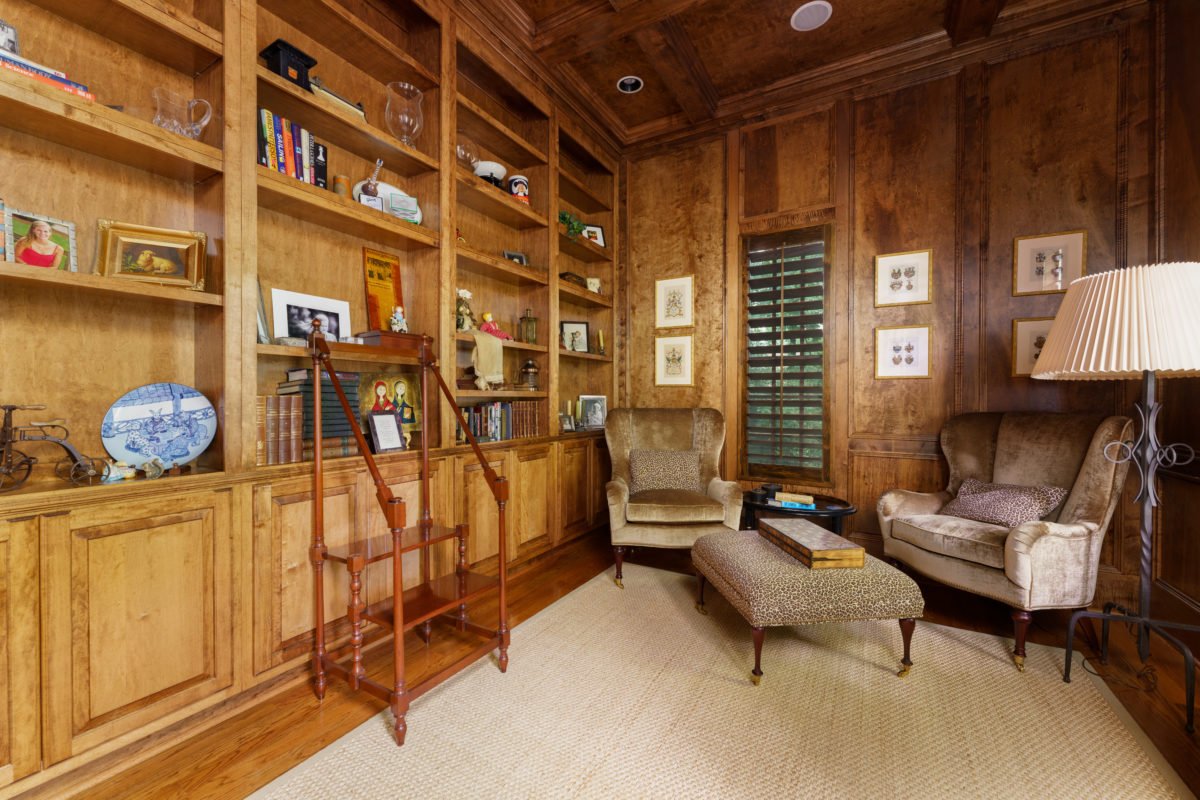

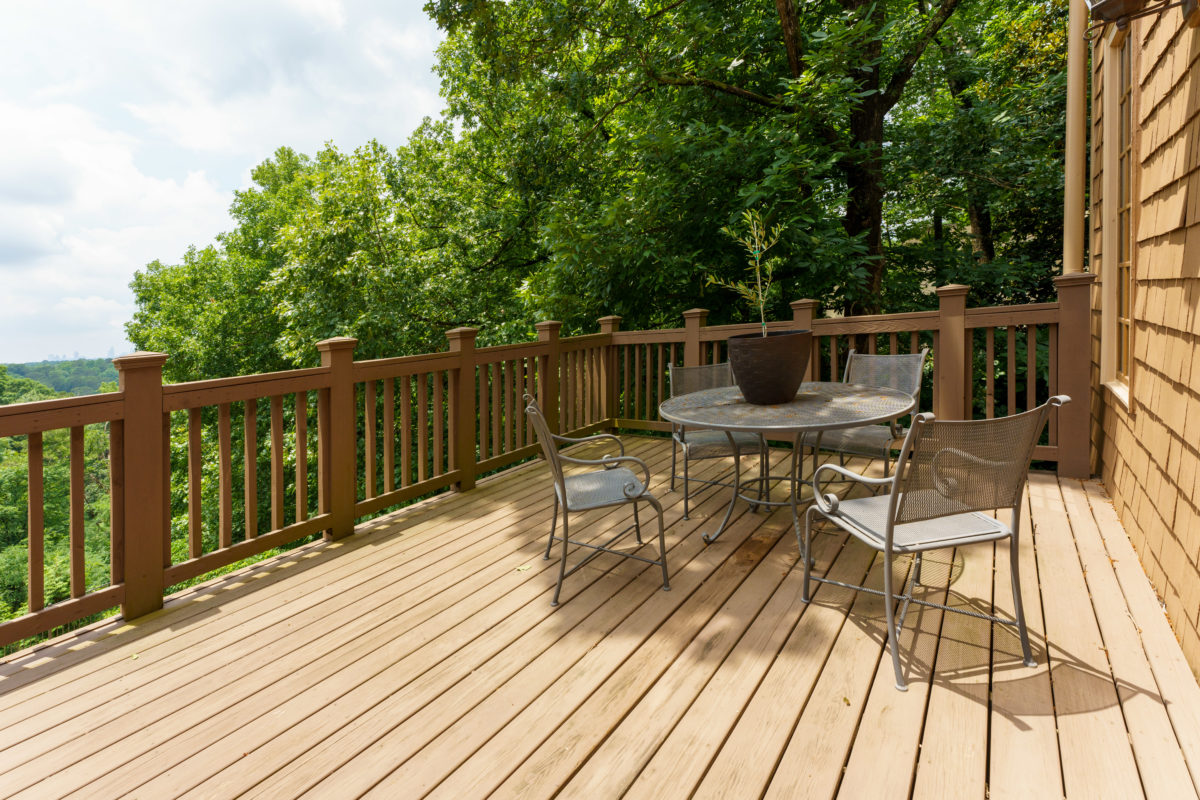



The other end of the main floor is dedicated to the kitchen. A large island is surrounded by custom cabinetry, and stainless steel appliances, like the Thor Gas range with double ovens. Counter seating and a breakfast area by the fireplace will surely make this a hub of activity for your family. A covered deck off of the kitchen provides space to grill and dine outdoors.
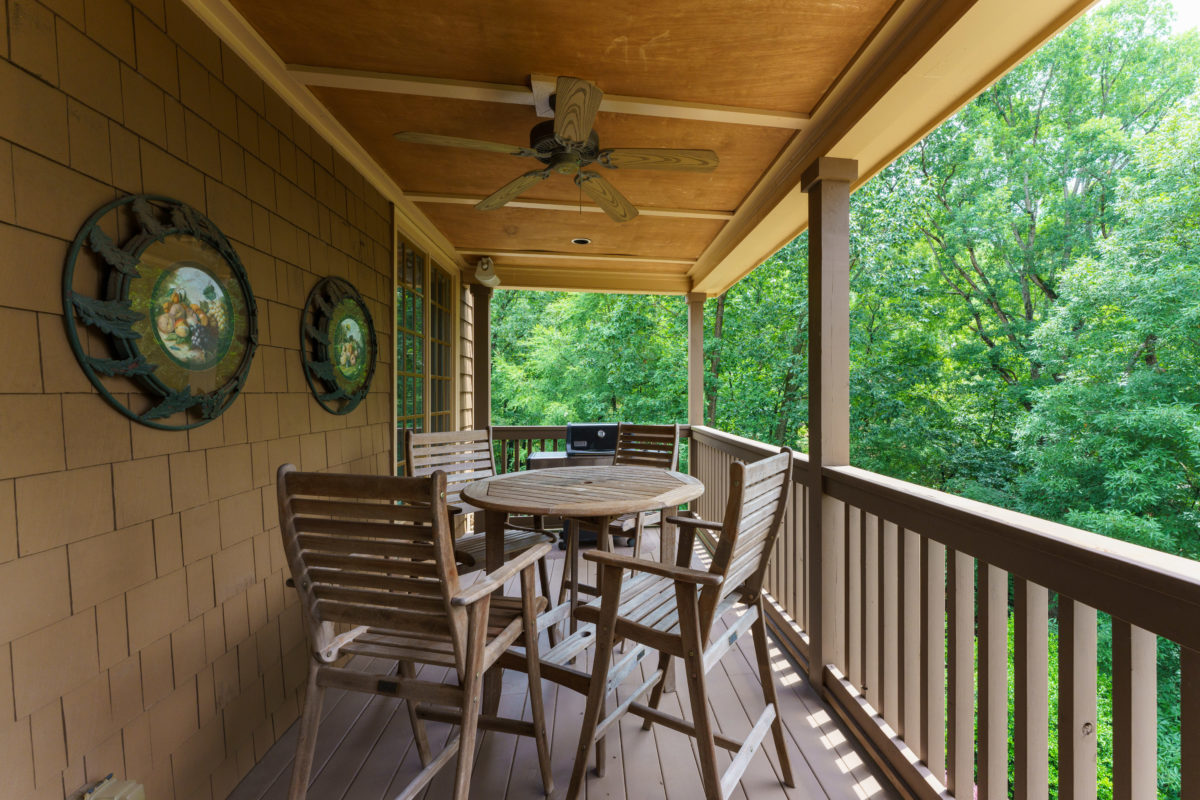




The second floor contains four of the home’s bedrooms, including the huge main bedroom. The main bedroom features a grand bedroom with skyline views and plenty of space for a king sized bed, seating area, and more. The master bath has a jetted soaking tub, huge separate shower, and double vanities. You’ll have storage to spare in the walk-in closet with dressing table/dresser, and an additional linen closet.





Each of the additional bedrooms has an ensuite bath and large closet. The laundry room is conveniently located on this floor as well.



The third floor features a bright bonus room. This private space has a window with the trademark views of downtown, and is the perfect spot for a playroom or private home office.


The terrace level has a bright second family room with great views. It is a perfect place for entertaining, since the party can easily spill out onto the stone patio outside, and to the pool terrace beyond. There two additional rooms and full bath on this level. You can use it as a guest suite, media room, or create a private in-house spa!The garage has enough room for three cars, or two cars and a large workshop space. An additional storage room allows for a small workshop space, even if you need room for three cars.
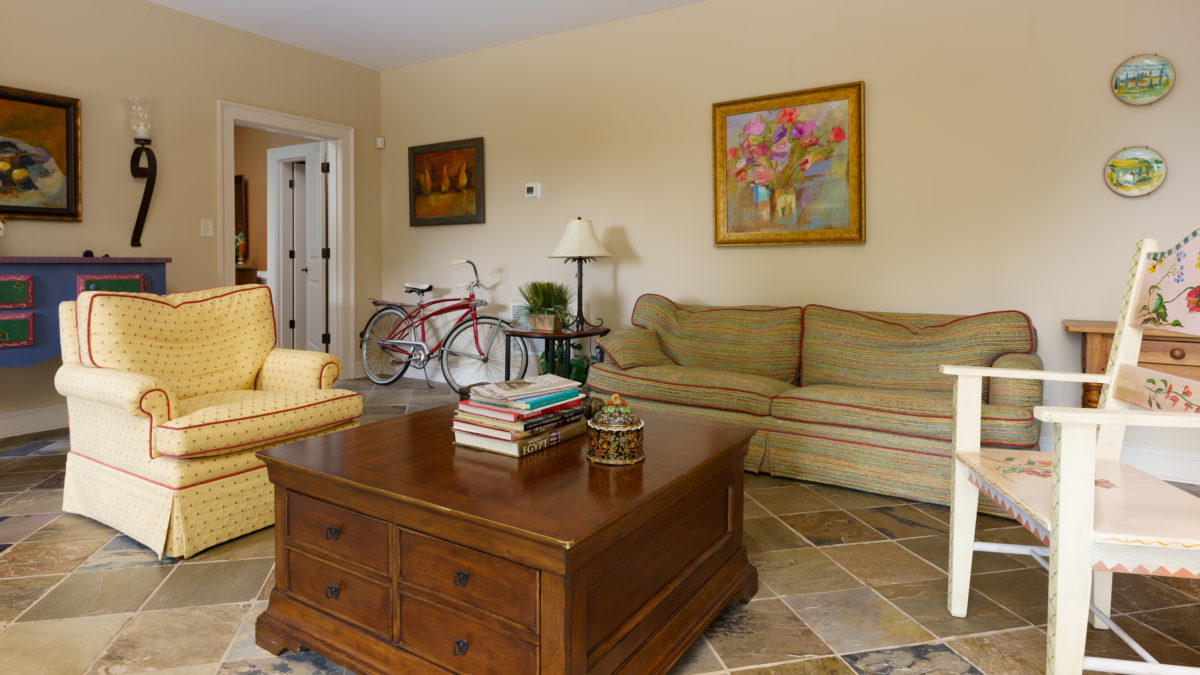


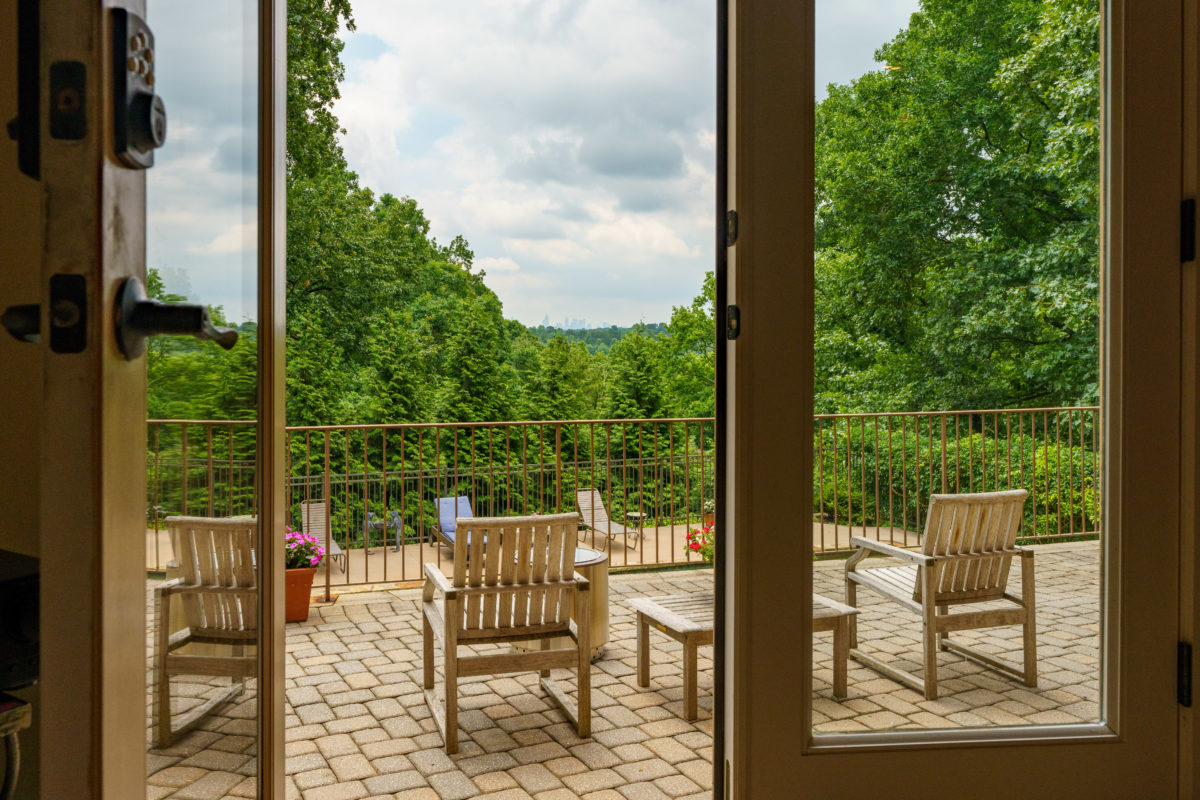
Buckhead’s portion of the Chattahoochee National Recreation Area represents over 400 acres of pristine wildlife with 10+ miles of hiking trails, stunning views, and opportunities for water sports such as rafting, kayaking, tubing, and fishing on the Chattahoochee River. The trails in the Park are accessible from the Whitewater Creek trailhead and the Indian Trail Trailhead in Sandy Springs.
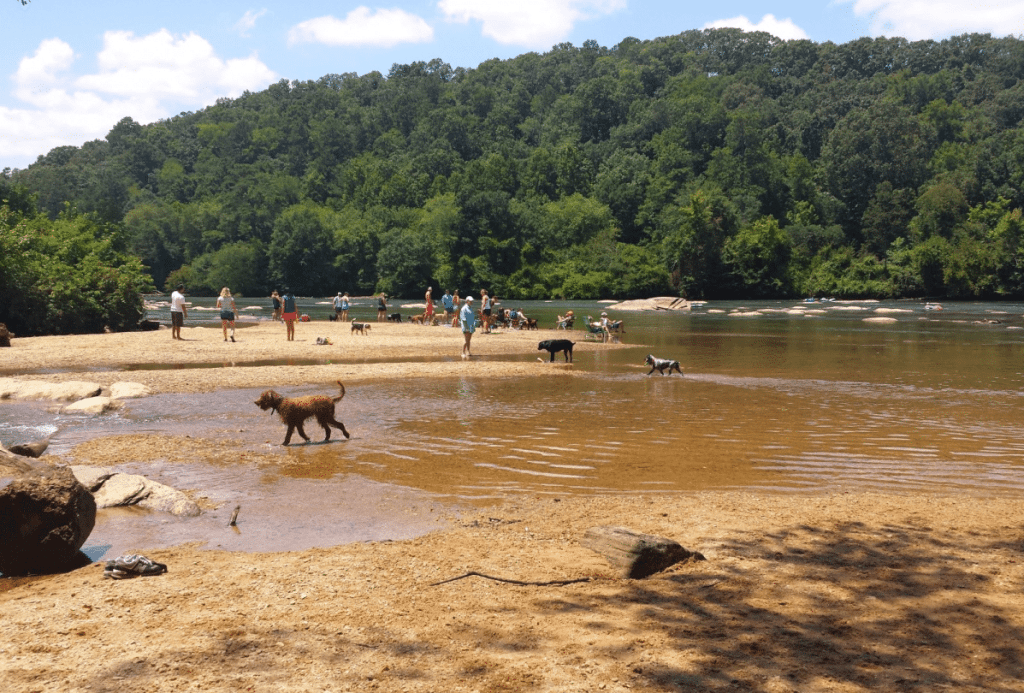
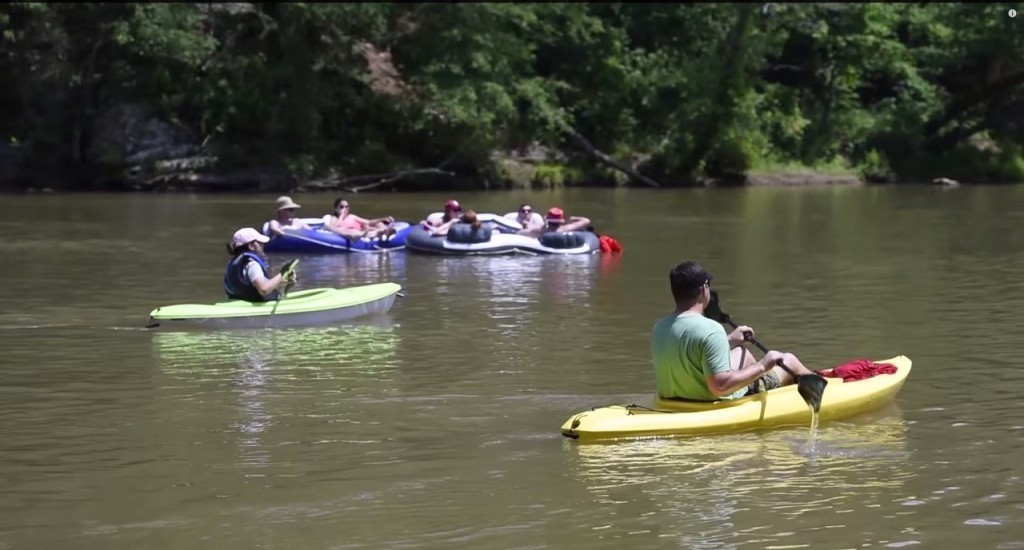
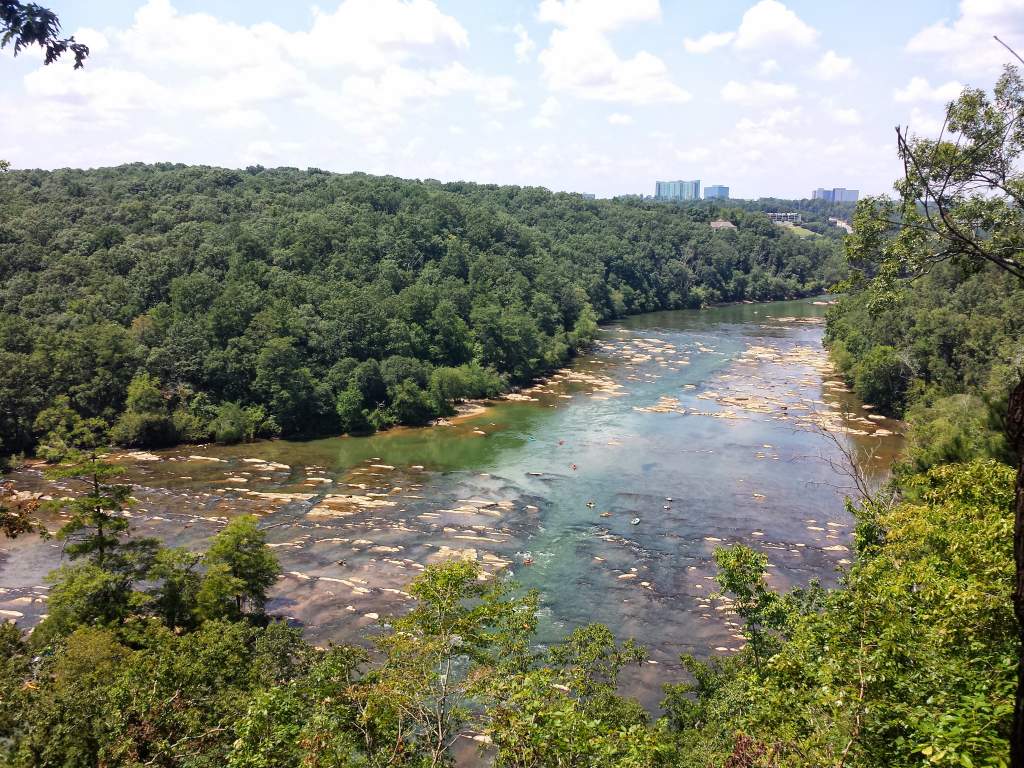
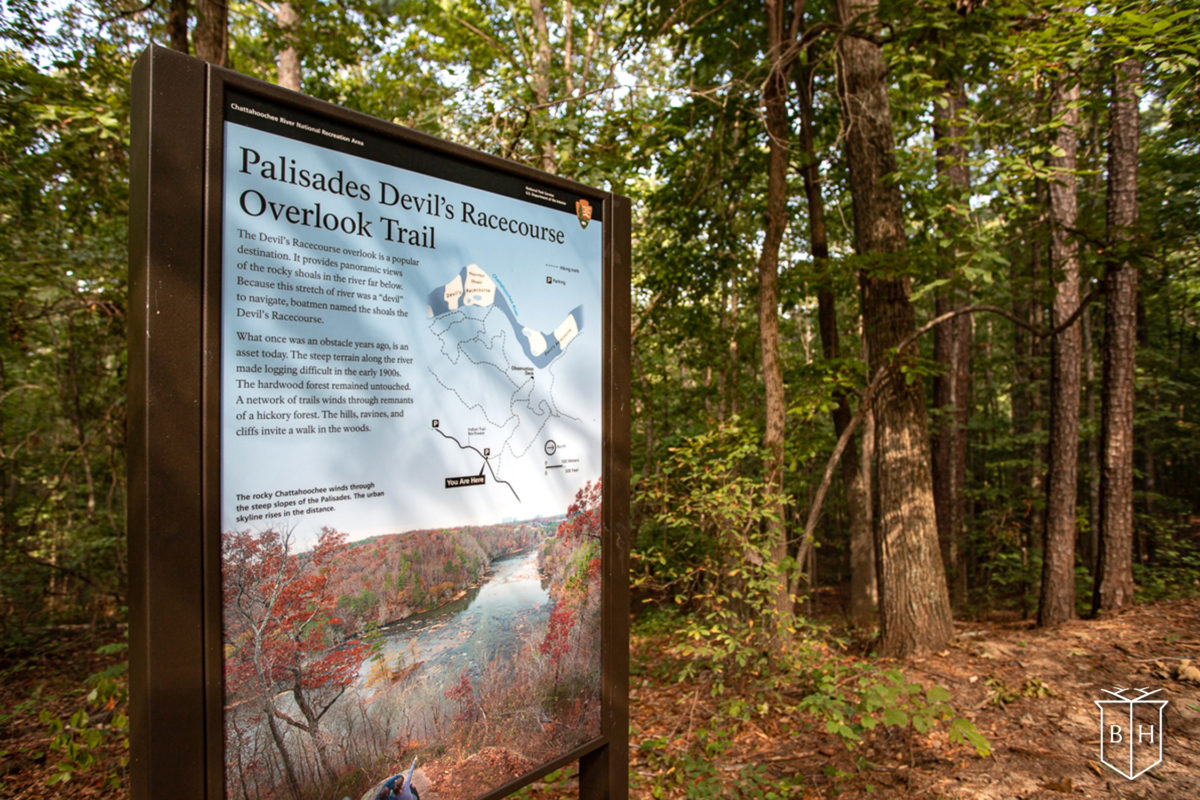
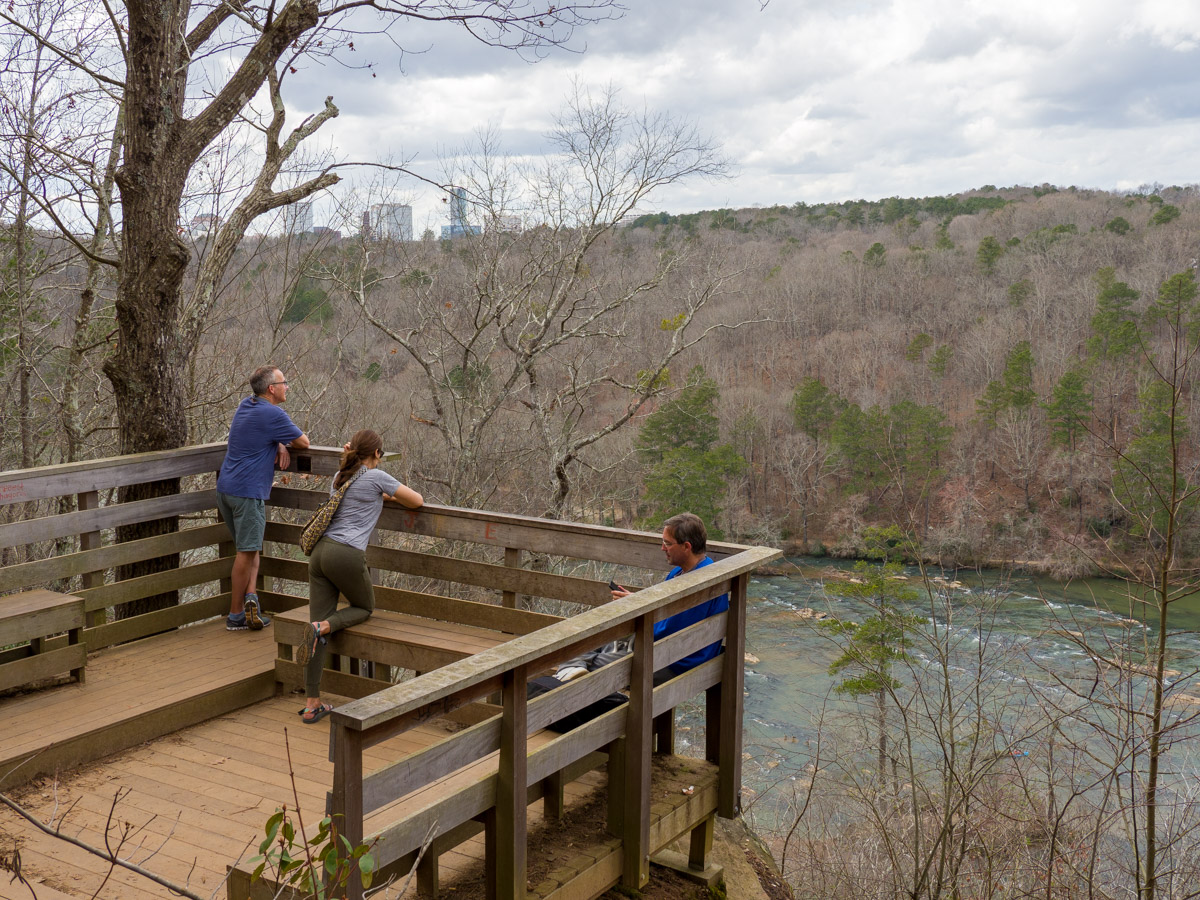
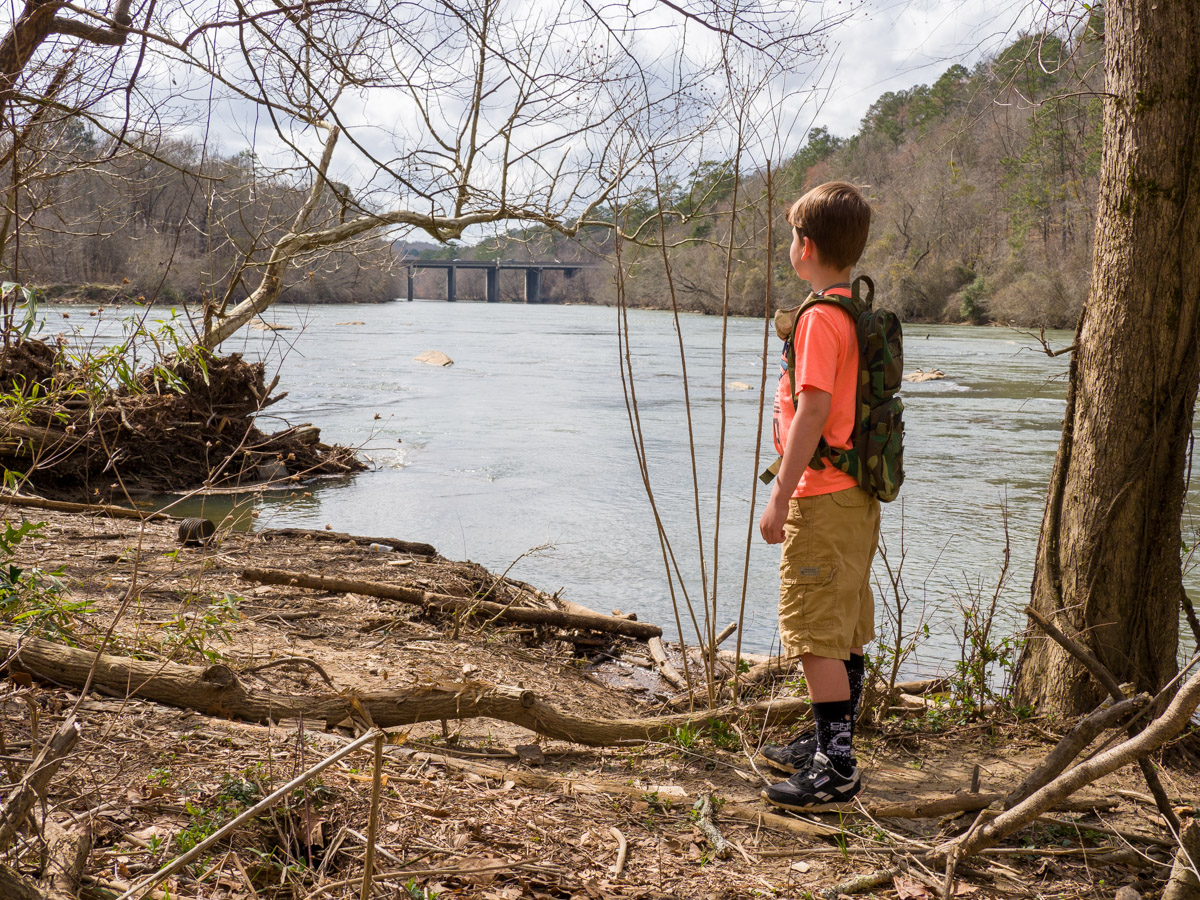
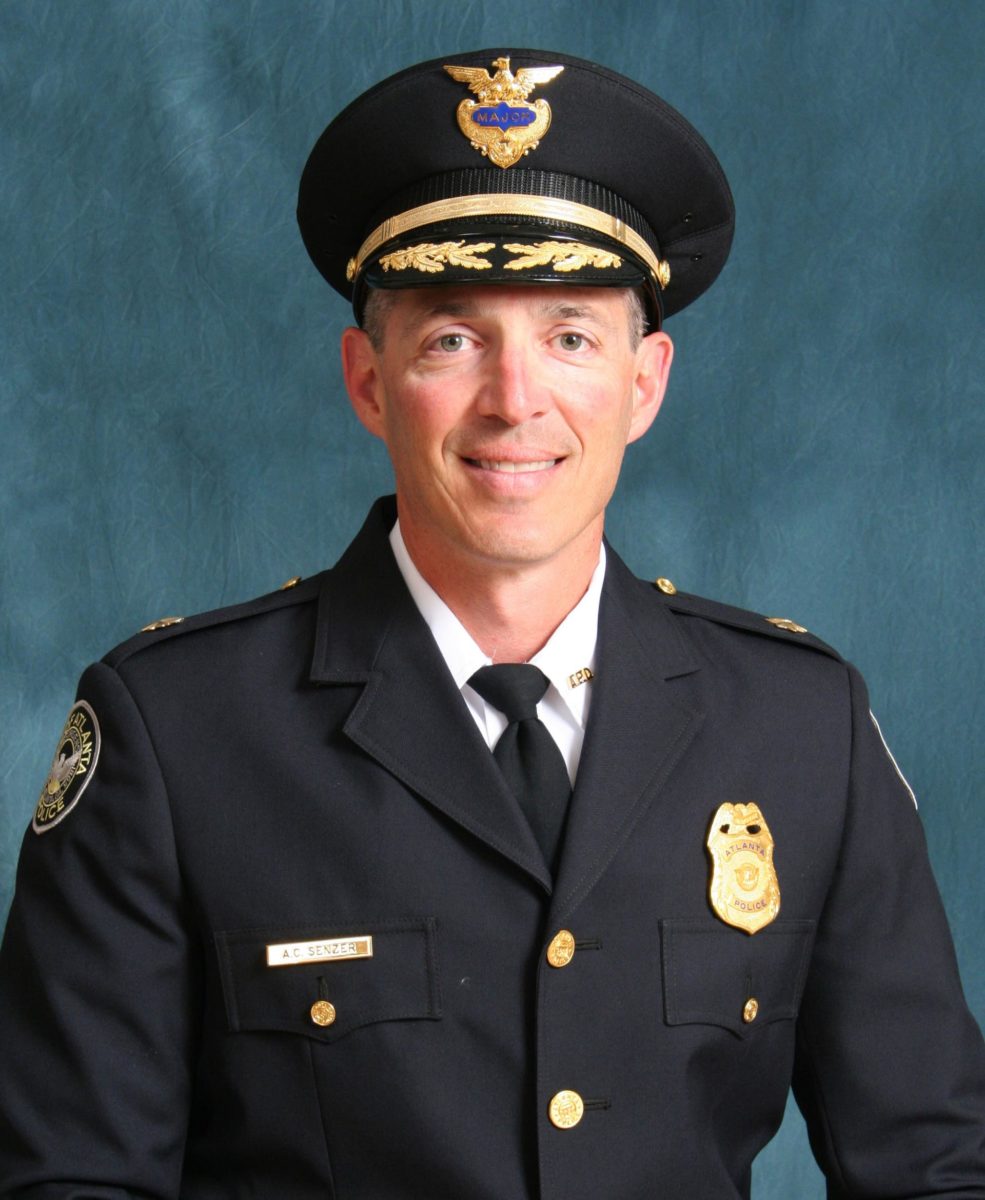
Buckhead’s Atlanta Police Department precinct is seeing a changing of the guard as its current commander has received a promotion to deputy chief.
Andrew Senzer, who has led the Zone 2 precinct since November 2019 with the rank of major, will head APD’s Strategy and Special Projects Division, he announced at an April 7 meeting of the Buckhead Public Safety Task Force.
Major Ailen Mitchell, who has served as Senzer’s assistant since 2020, will be the new Zone 2 commander, Deputy Chief Timothy Peek said in the meeting.
The transition will happen on April 14, according to APD. The current head of the Strategy and Special Projects Division, Deputy Chief Darin Schierbaum, is being promoted to the vacant position of assistant chief of police.
Senzer was Buckhead’s police commander through the historic COVID-19 pandemic and accompanying crime spike, including the May 2020 rioting and looting in local business areas that spun out of Black Lives Matter protests about the Minneapolis police murder of George Floyd.
He also led through the beginning of the Buckhead cityhood movement that based itself on crime concerns. While crime spiked, Senzer took a zero-tolerance approach and Buckhead continues to have the city’s lowest crime rate.
“It really has been an honor to serve as the commander of Zone 2,” Senzer said in the task force meeting. “In my 26 years [in policing], this has probably been the most challenging assignment I’ve had.”
He said his new role will be “a little behind the scenes” but that he will “not be a stranger” in Buckhead.
Peek said APD is “ecstatic” about Senzer taking on the deputy chief role.
Mitchell, according to his APD biography, has been with the department since 2006. He previously commanded the SWAT team and, like Senzer, once served on the Red Dog unit, an anti-drug squad disbanded in 2011 after controversial incidents like an illegal raid on the Atlanta Eagle gay bar. Among his other work was the Gang Unit and the Auto Theft Task Force.
Mitchell became Zone 2’s Criminal Investigations Unit commander in 2018 and its assistant commander in 2020.
Zone 2 is headquartered at 3120 Maple Drive in Buckhead Village.
Update: This story has been updated with information from APD about the transition.
Springtime in Buckhead highlights some of our favorite parts of the community. Our staff has long celebrated the green spaces and outdoor activities that make Buckhead such a unique collection of neighborhoods. As the warm weather encourages us to get out and explore with family and friends, we are delighted to share our top 5 favorite places to enjoy springtime in Buckhead.
Bobby Jones Golf Course has been a Buckhead staple since 1932. The course features two 9-hole courses, each with multiple tees and double greens. The different tee and pin combinations provide golfers a unique experience each time they play.

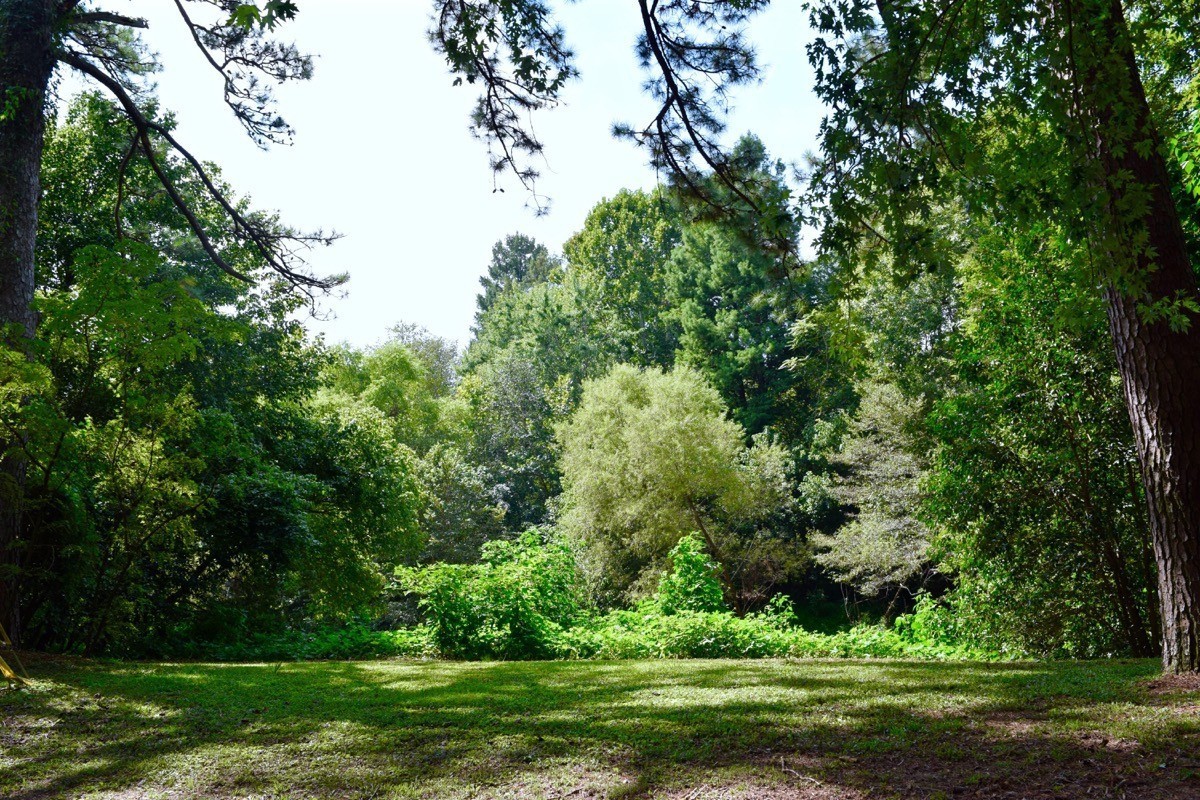
The Murray Golf House at Bobby Jones Golf Course is more than just a clubhouse. It is home to the Ed Hoard Golf Shop, Boone’s Restaurant, and the Georgia Golf Hall of Fame. Don’t miss the state-of-the-art Grand Slam Golf Academy to take your game to the next level!
Atlanta Memorial Park has a lot to offer non-golfers as well. The Bitsy Grant Tennis Center boasts the largest grass-roots tennis organization in the country. Atlanta Memorial Park winds along the southern bank of Peachtree Creek on the west side of Northside Drive. You’ll find lots of picnic tables near the large playground, and plenty of room to play and explore along the creek.
The Northwest Beltline Connector trail connects Atlanta Memorial Park to Tanyard Creek Park and Ardmore Park, where it intersects with the Atlanta Beltline Trail.
The East Palisades section of the Chattahoochee River National Recreation Area provides Buckhead residents with a truly unique hiking experience without driving out of town. The Indian Trail parking lot is just 15 minutes from the Buckhead Village District!

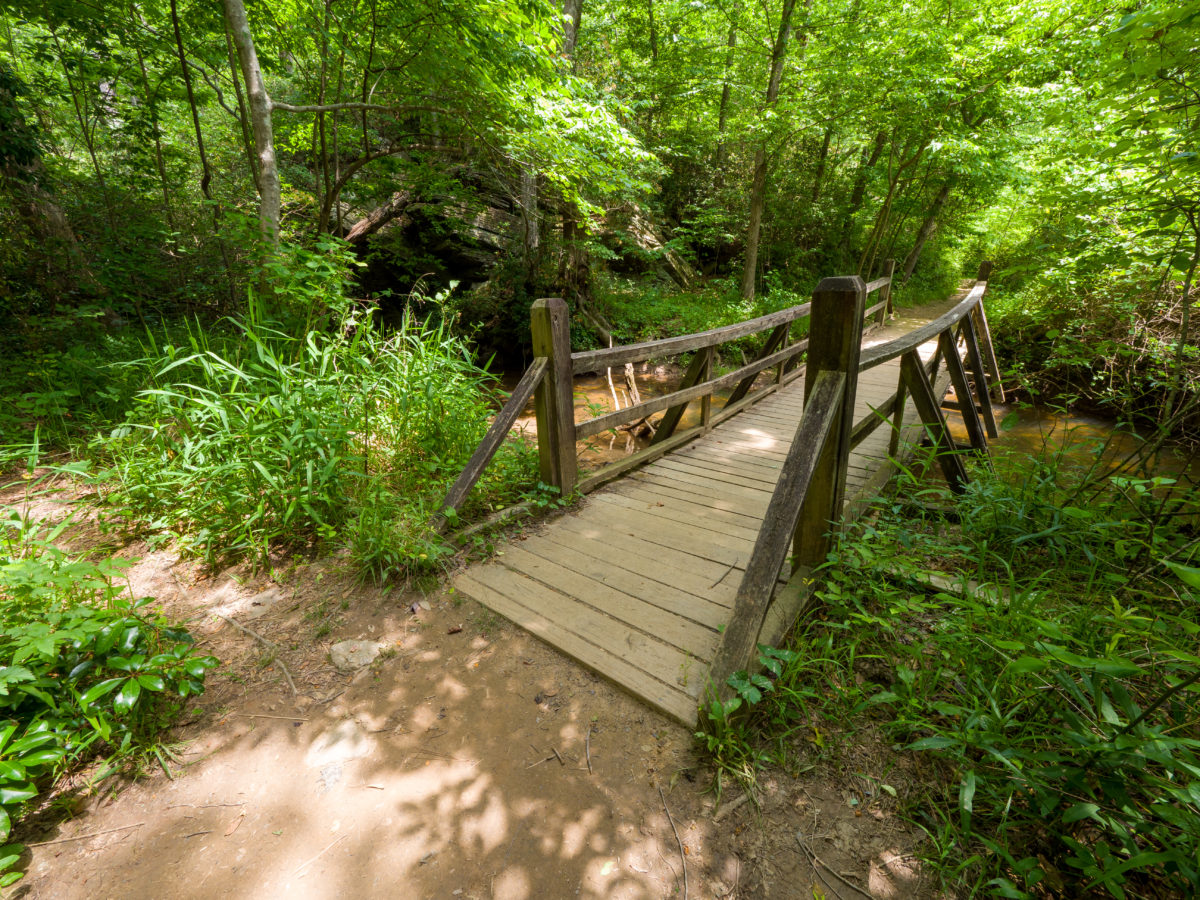
The East Palisades includes more than 10 miles of hiking trails along the bluffs and shoals on the Chattahoochee River. Highlights of the trail system include an overlook deck with panoramic views of the river, and ruins of riverside settlements. If you take the trail far enough north along the river you will find the famous bamboo forest.
The trails along the river are generally easy, but you will find some fairly strenuous climbs between the river’s edge and the top of the bluffs. The Indian Creek parking lot is at the top of the bluffs, so you will be working your way down to the river from there.
The Whitewater Creek parking lot is on the river. You can go on short hikes along the river from here without much climbing, but you can also access the entire trail system if you like. The Indian Creek parking lot can get crazy on warm weekend days, so keep the White Water Creek parking lot in mind as an alternate.
Chastain Park is a 260+ acre park with something for everyone. The walking trails around the park include a 3.4 mile loop and a 2.7 mile loop, and they are usually busy with locals exercising, chatting, and enjoying the neighborhood. The trails and the Chastain Park playground are just the beginning of the activities at the park.
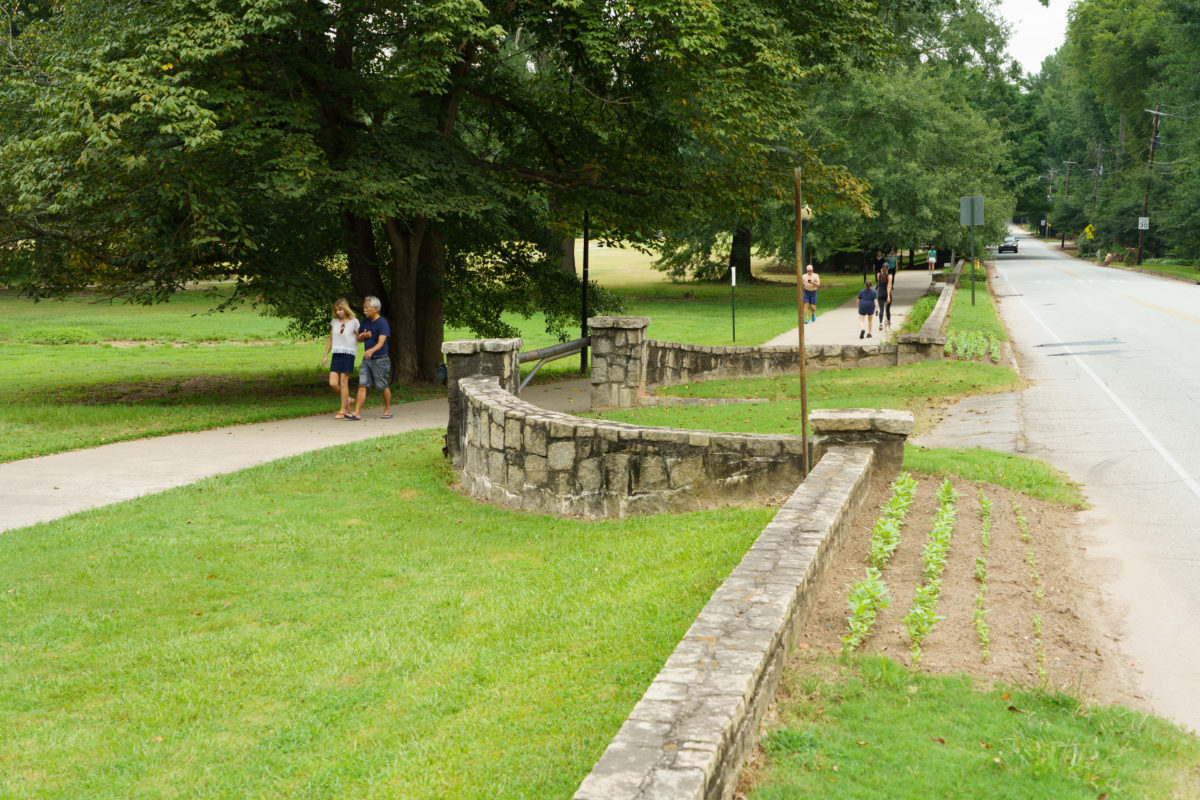
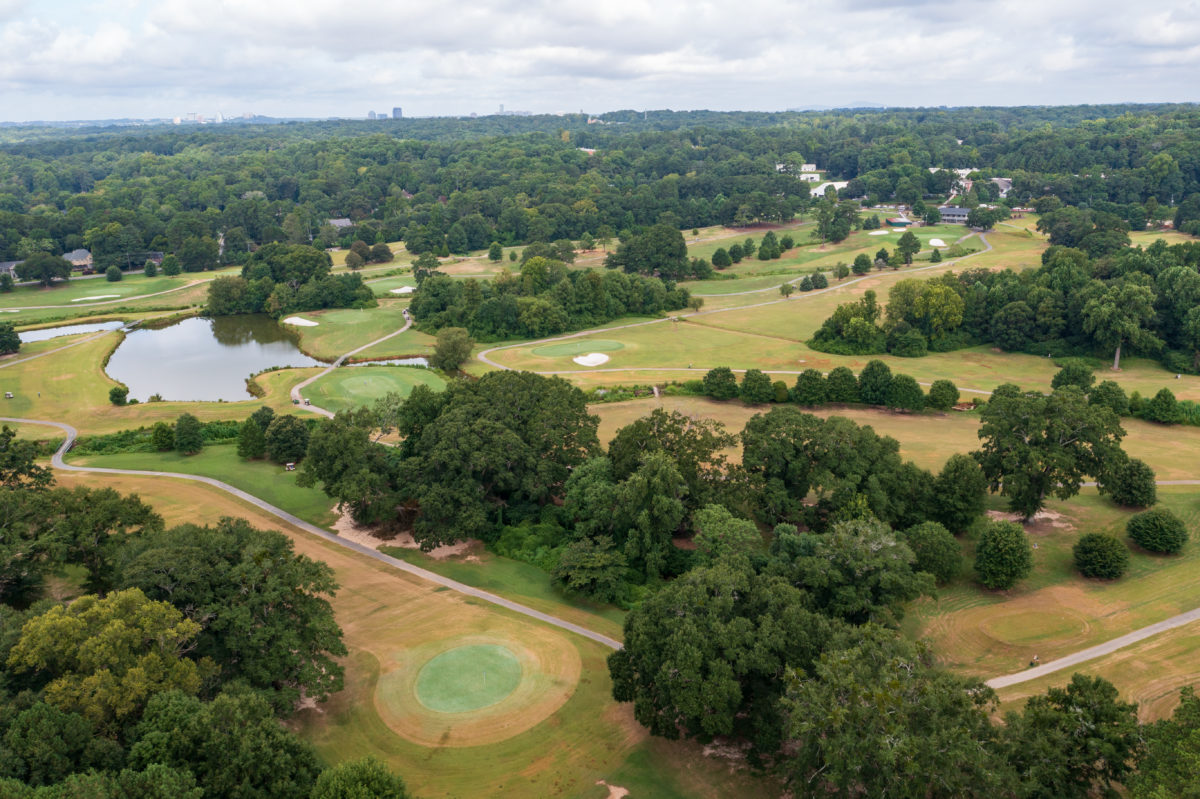
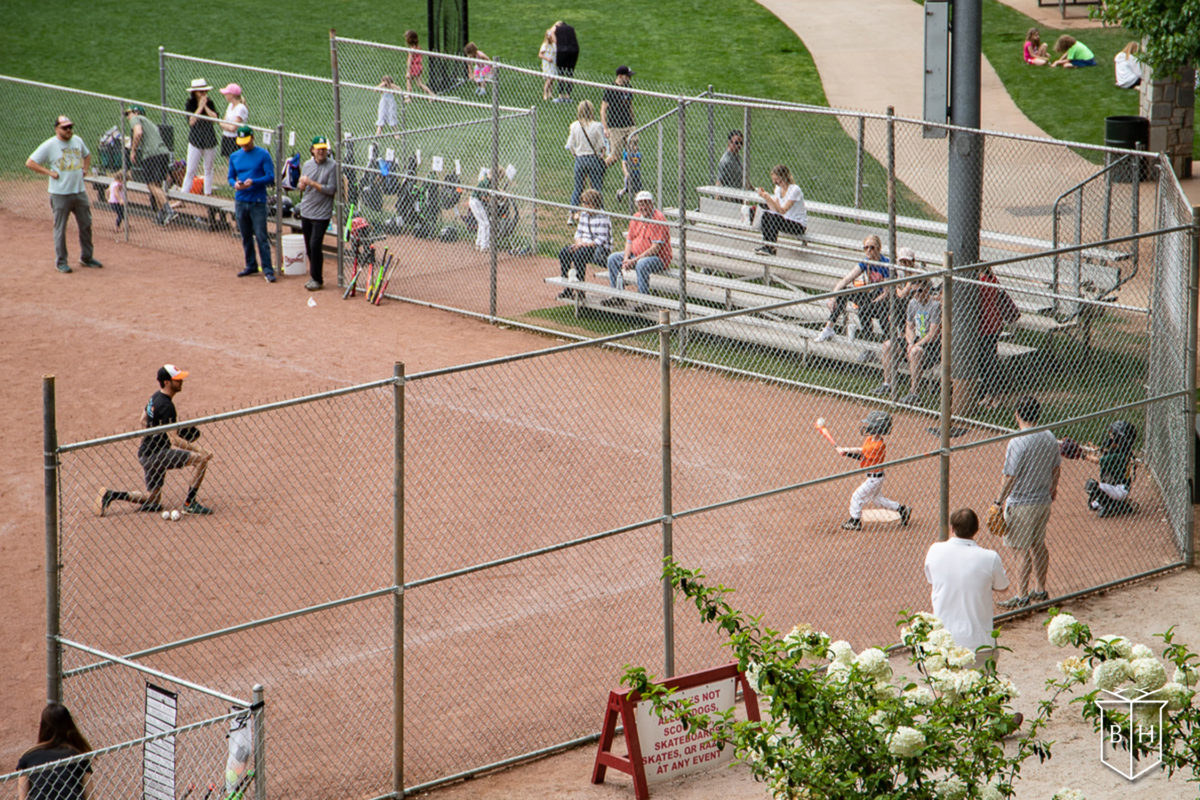
Northside Youth Organization (NYO) operates basketball, baseball, softball, and football leagues at the park. The Chastain Park Tennis Center offers individual and league play. The North Fulton Golf Course is a public course that occupies much of the park. Chastain Arts Center provides classes, summer camps, and gallery space to Buckhead’s aspiring artists.
Chastain Horse Park is a unique community resource. The horse park offers horse boarding, riding lessons, and summer camps. Therapeutic riding and Hippotherapy programs provide multiple equine-assisted activities for a variety of physical and speech-pathology therapy.
Spring is the beginning of the concert series at Chastain Park Amphitheater. Music lovers are treated to 40-45 concerts between April and October each year.
PATH400 has quickly become an integral part of Buckhead’s daily life. The path is a great way to get some exercise and explore the community without sitting in traffic. You’ll find lots of art installations along the path, and you will be treated to unique skyline views and serene wooded sections along the way.
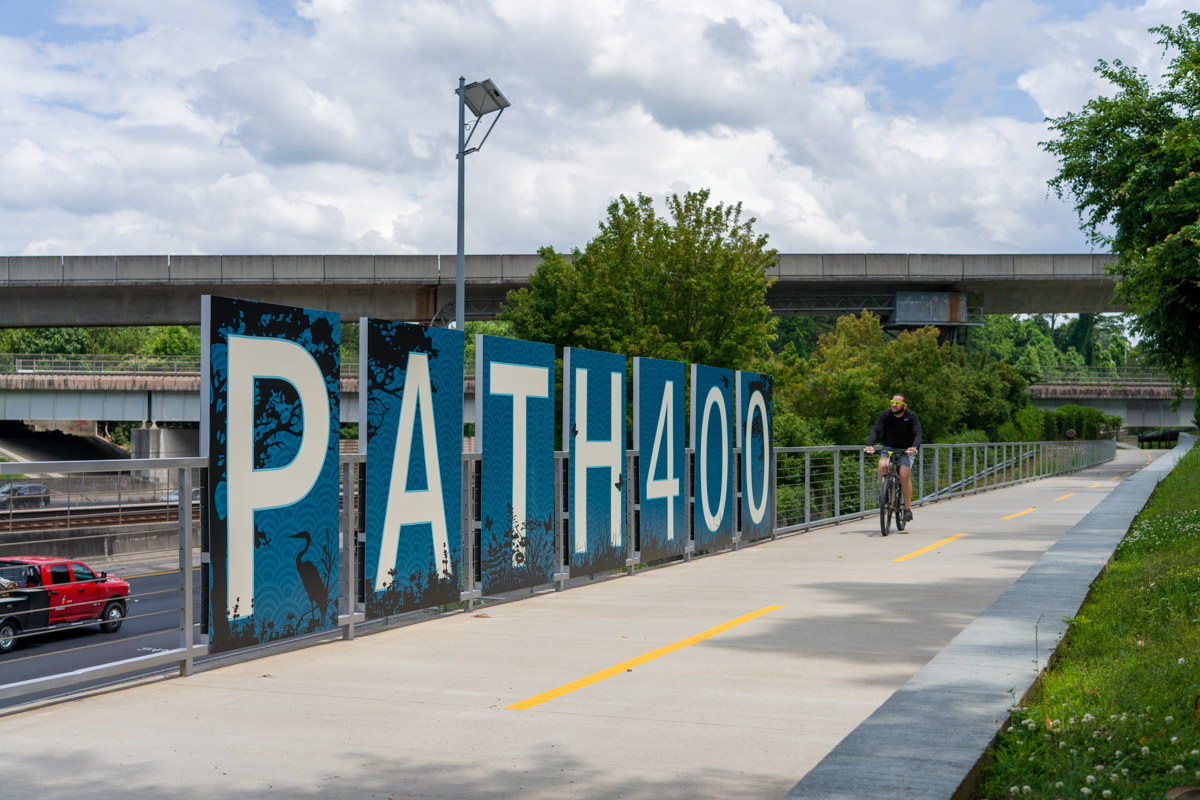
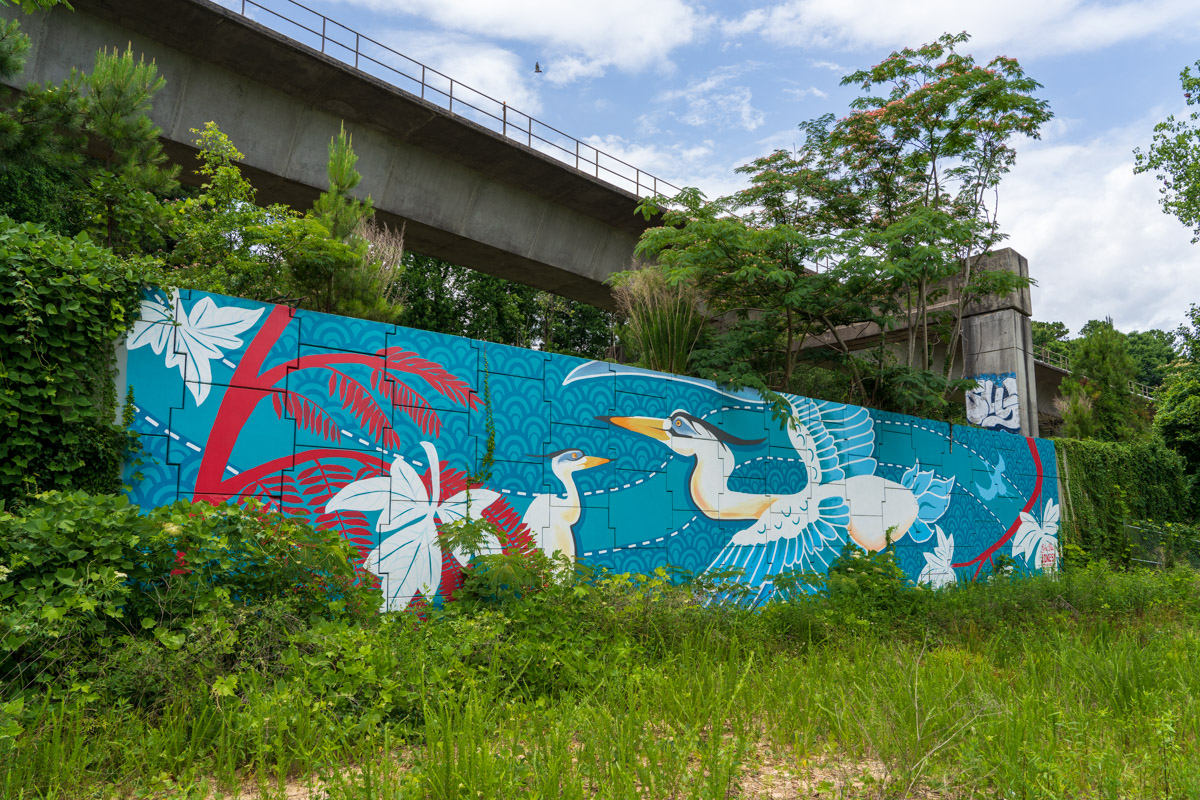
The current route of PATH400 begins at Peidmont Rd. and Adina Dr. at the south end, and follows GA400 to Wieuca Rd. The southern end includes an easy connection to the South Fork Trail at the Confluence Bridge, and a future connection to the Atlanta Beltline at Piedmont Rd. The next phase of the Path will continue north from Wieuca to Mountain Way Common, and then continue north to meet the Sandy Springs path system.
The newest section of PATH400 stretches from Miami Circle to the Gordon Bynum Pedestrian Bridge at Lenox Square. This section features a large mural by local artist, Jonesy, and a wetland area that is home to wildlife that you would probably not expect to see along GA400! If you haven’t explored PATH400 in a while, you will probably be pleasantly surprised when you get out on the path this spring.
If soaking up the springtime sunshine next to a picturesque duck pond is more your speed, then the Duck Pond is for you. This serene 7.5 acre park is nestled within the Peachtree Heights East neighborhood, just a few blocks from Peachtree Road. Bring a picnic lunch and some good friends for the best results.
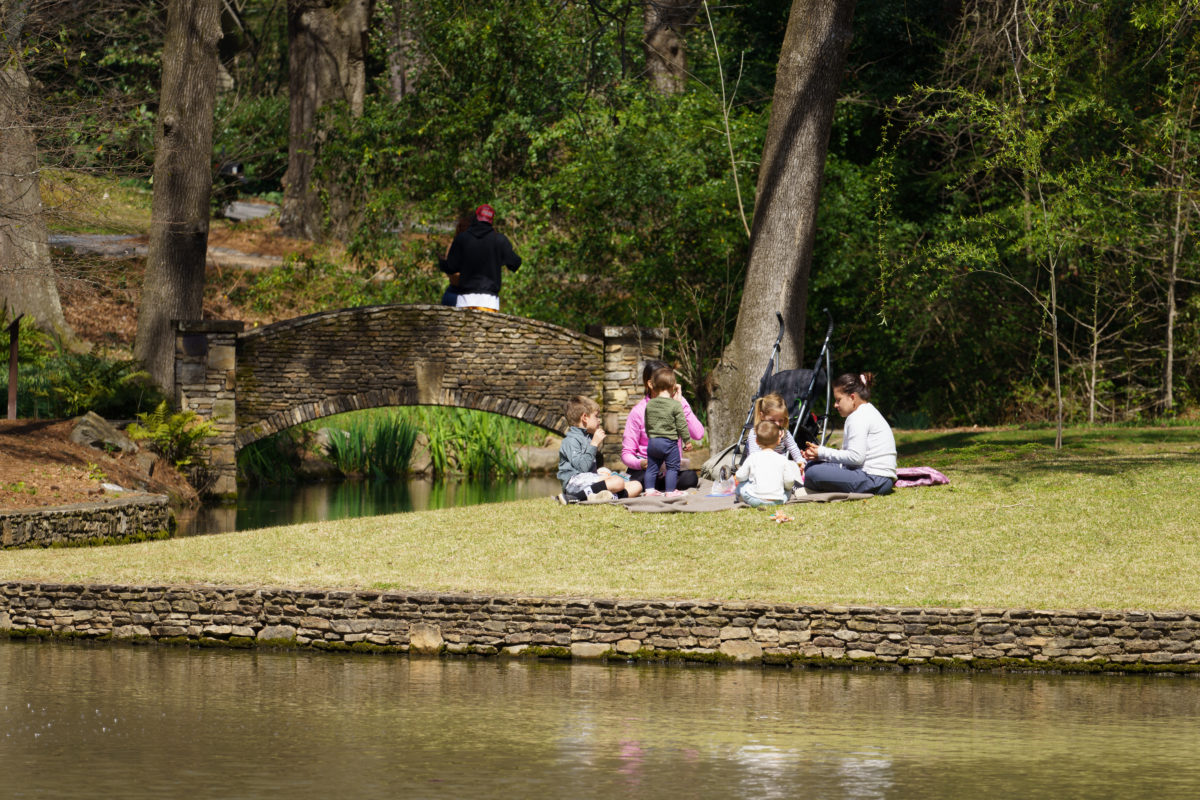
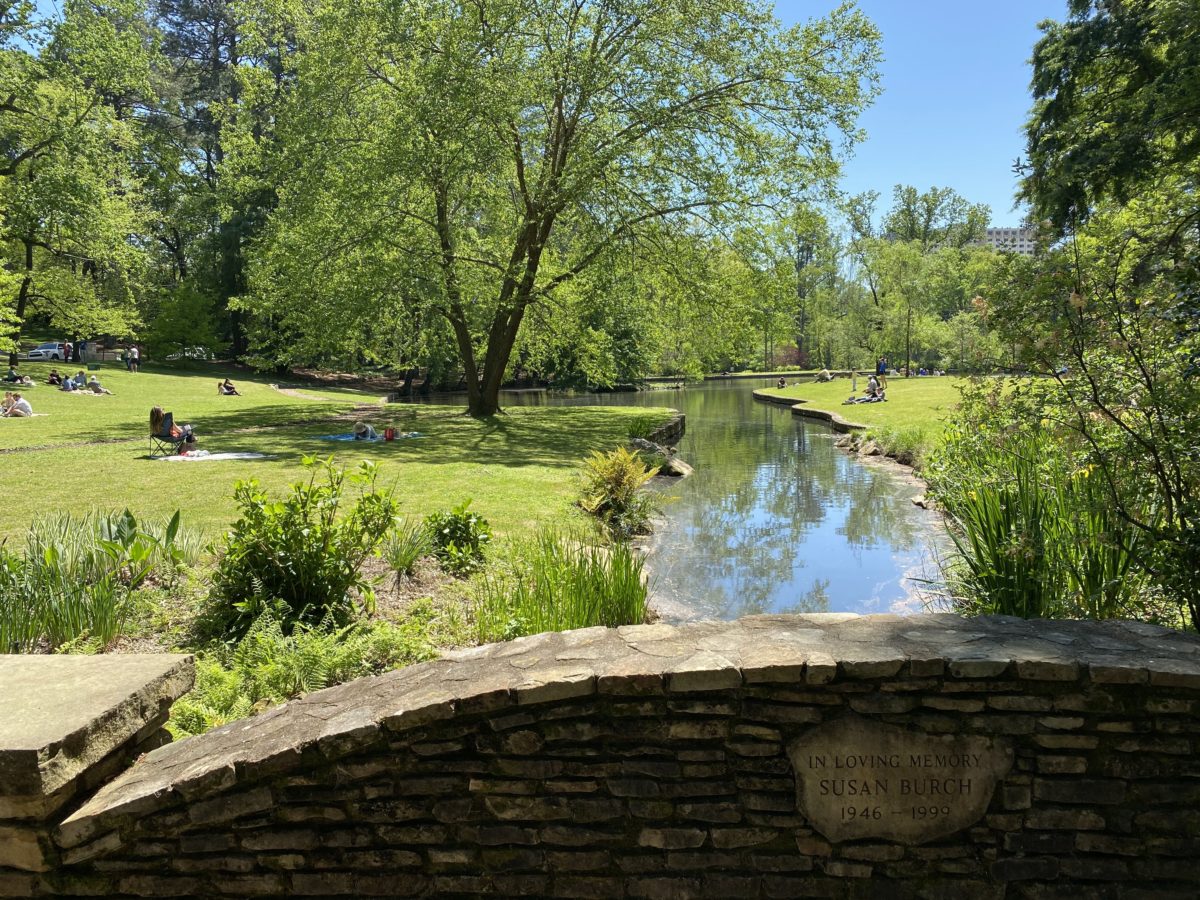
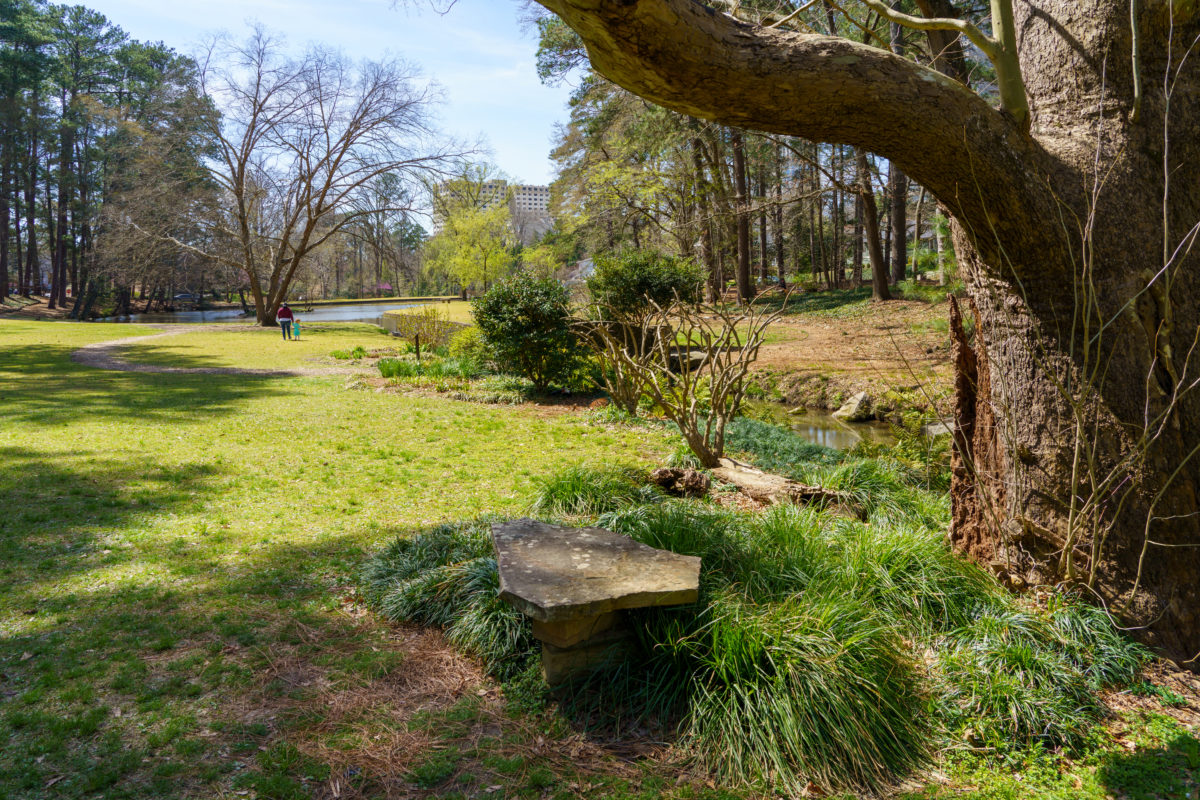
The pond is definitely the main attraction of the park. The park is named for the distinct Muscovy Ducks who inhabit the pond, and you will find Canadian geese and other visiting ducks depending on what time of year you visit. Look for turtles sunning themselves on sunny days as well. The meandering path around the pond provides a nice walk, as well as access to the numerous fields that are perfect for picnicking. The flock of ducks that lives in the park has seen reduced numbers over the past few years. A few concerned residents informed us that visitors feeding the ducks inappropriate food (like bread) has been detrimental to the flock. Peachtree Heights East residents are happy that visitors love their little park, but they ask that you respect the rules when you visit. That means no fishing, no grilling, and please don’t feed the ducks.
Nearly eight years have passed since an incurable killer of a beloved garden plant was first found in Georgia, lurking in a Buckhead lawn. Now boxwood blight has spread to devastate historic gardens and local landscapes across the country, while science is starting to catch up to the tricks of the fungal infection behind it.
Chris Hastings, owner of the Chamblee-based tree care firm Arbormedics, has been battling the blight in Buckhead gardens from Day One. He summed up the current state of affairs: “Is it bad? Yes. Has it gotten worse? Yes. Is it now commonplace on almost every street in Buckhead? Yes.”
However, Hastings adds, it also has not wiped out the plants as was originally feared. “But over all that time… it comes in waves,” he says, noting a particular blight-battling hint in its link to rainfall and moisture. “And really we’re still trying to figure out, what are those key moments? Because it’s not always as clear as you would expect.”
“The boxwood is such a beloved plant. It’s the aristocrat of the Southern garden.”
Chris Hastings, owner, Arbormedics
Jean Williams-Woodward is a University of Georgia Extension plant pathologist who was on the team that first identified the blight on boxwoods on that Buckhead property back in 2014. She says that “we’re still finding out things about this disease.”
The future she sees taking shape — much like the famously sculpture-friendly boxwood itself — is one where improved practices, disease-resistant breeds and a shift to other types of landscape plants will contain the blight.




Boxwood (Buxus sempervirens) is a type of small-leafed, evergreen plant native to Asia that for centuries has been popular nearly worldwide as an ornamental. In tree form, it makes for stately, pillar-like entrance ornaments. It also takes well to being shaped with trimmers and is hugely popular for rectangular hedges — which is how the plant got the “box” name. The English and American varieties are wildly popular cornerstones of the traditional Southern aristocratic garden.
“In the South… it’s a plant that tugs on your heart,” says Williams-Woodward. And on your purse-strings, too — for nurseries and landscapers, “It’s a huge economic impact.”
“The boxwood is such a beloved plant. It’s the aristocrat of the Southern garden,” said Hastings, adding that’s why homeowners are willing to battle the blight instead of just getting replacement plants. “It’s been used for hundreds of years here. It’s been tied in people’s minds and their sensibilities to what a gorgeous Southern garden looks like. So it’s very hard to contemplate having a holly instead.”
This pretty picture started going bad with the original discovery of boxwood blight in the United Kingdom in the 1990s. An American infection was just a matter of time, and in 2011, the first U.S. cases were found in Connecticut and North Carolina nurseries. A Virginia nursery was the likely source of infected plants that led to that first known Georgia case in Buckhead in July 2014, on a private property that the experts won’t publicly identify for privacy reasons. The blight may well have been elsewhere in Georgia already.
The blight has continued to spread around the country and has become a major pest in historic gardens. Colonial Williamsburg, the famous historic area in Virginia, has been battling the blight for over five years in its collection of more than 8,000 boxwoods, many dating back a century or more, according to media reports. In the past year, major boxwood culling was carried out at the historic homes of poet and author Carl Sandburg in North Carolina and 19th-century politician Henry Clay in Kentucky.
“I’ve seen very historic gardens where every single plant has been lost… They just look like bare stems,” said Williams-Woodward.
The blight is a species from a genus of plant-infecting fungi. It kills boxwoods by causing their leaves to die, and can infect the stems as well. The blight can also infect other plants in the same family, including pachysandra and sweet box, according to Williams-Woodward, but is often not so lethal to those species. Some varieties of boxwoods have a degree of resistance, but the beloved dwarf English and American cultivars are not among them.
The fungus spreads by sticky spores that spew off the plant into the environment. Once it infects a plant, there is no known cure.
Williams-Woodward says the fungus has probably been around for hundreds of years, but was less prone to kill boxwoods in their original native areas of today’s Asia and Turkey, where the climate is drier. Wetter conditions are among the factors that make the fungus thrive.


In the first decade of battling the U.S. blight, tactics have shifted along with research and field practice, and even now there is some disagreement among experts about how the fungus spreads and should be fought.
Hastings notes that the early U.S. discoveries were inside mid-Atlantic nurseries and greenhouses, with plants packed closely together. That led to some assumptions about how transmissible the fungus was and that the air might be a major transmission method for its spores.
“So I do think there was a little bit of a misunderstanding in the early days about how contagious it, how lethal it is,” said Hastings. “So a lot of the original reports that came out and still linger were like, ‘If you have boxwood blight on your property, tear them all up and run screaming for the hills.'”
Yet today, he says, some original boxwoods continue to survive on the original Buckhead property that was the first known to have the blight. He said a second Buckhead property where the blight was found in backyard plants at virtually the same time still has boxwoods, too, including some within 100 feet of those with the outbreak.
What everyone agrees on at the moment is that moisture is key to the blight’s spread and that the disease can be managed with multi-pronged tactics. The situation can be illustrated with imperfect analogies to more familiar human diseases. Think of the blight as a lethal version of athlete’s foot that, like that fungus, infects and spreads explosively in wet environments. And like the coronavirus behind COVID-19, experts can’t currently cure or eliminate the blight, but can contain and manage the disease through a combination of treatment, built-up resistances, avoidance and new, safer cultural practices.
The blight erupts when the weather is wet and temperatures are moderate, said Williams-Woodward. The symptoms may retreat in hotter and drier months, she said, giving plant-owners a false sense of relief while the incurable infection remains.
Water is also now believed to be one major way the fungus spreads, as splash-back from rain or irrigation droplets hits other nearby plants. “Spores produced [by the fungus] are very sticky and they cluster together,” said Williams-Woodward. “So this pathogen or disease is not something that blows around in the wind. It’s mostly water-splashed.”
Hastings agrees that water is a major factor, saying that the earlier wind-spreading explanation never matched what he saw in the field. “We do not see it marching through a garden,” he said, explaining that the blight is almost always paired with heavy moisture from the environment. He said he often finds it tied to a broken rain gutter or — especially in lawns of well-to-do Buckhead homeowners — irrigation systems that are overused when rainfall is perfectly adequate.
“Irrigation, irrigation, irrigation is the number one reason that people have [boxwood blight] problems in Buckhead,” he said. He won’t even take on a boxwood client who won’t properly manage an irrigation system.
“I think we will end up in some kind of combination of planting less-susceptible varieties, plus some cultural practices … So we can manage this disease.”
Jean Williams-Woodward, University of Georgia Extension plant pathologist
Research shows that animals and humans may also be carriers of the spores, says Williams-Woodward. Boxwoods “actually smell like cat pee,” she said, and so may attract cats and dogs to mark them, resulting in spores getting on their fur to be spread to other plants. She said she saw one garden where boxwoods were blighted at the same level as the cushion on a patio chair that a cat slept on. Squirrels, rabbits and turkeys are other suspected spreaders.
Landscape workers may also spread the spores on their hands and equipment, Williams-Woodward said. She is currently conducting experiments on easy ways for landscapers to disinfect their gear before traveling to another property. Regular Lysol spray is looking highly effective, she said.
Hastings doesn’t buy it. He says animals and humans pale in comparison to water and another form of Buckhead lawn epidemic — the use of high-powered leaf-blowers that could blast spores all over surrounding properties. “I don’t think we need to be caging our cats and spraying down our landscapers,” he said.
What about spraying the plants themselves? After all, you can knock out athlete’s foot pretty fast with a can of fungicide from the drug store. Turns out it’s not that simple for boxwood blight, and Hastings and Williams-Woodward agree it’s no main solution.
There are fungicide sprays that can effectively reduce blight symptoms in a plant, said Williams-Woodward. But it requires regularly repeated application that few landscapers or arborists will perform, and that can be cost-prohibitive and raises issues of environmental pollution. Overuse of the sprays also could lead to the evolution of fungicide-resistance strains of the blight, she said.
Hastings said he’s one of the few local arborists who will spray for boxwood blight, but only as part of an integrated approach, as he also has environmental and best-practices concerns.
“Do we put every boxwood in town on a chemical crutch? Absolutely not,” he said, again emphasizing moisture as the main problem. “The key to getting ahead of this is thinking about your basement getting mold or mildew… You don’t run in there and start spraying Clorox everywhere. … You get rid of the water source.”

Another option is blight-resistant varieties of boxwood. Some already exist and others are being cultivated. But a note of caution on some of those, such as Japanese and Korean varieties: Williams-Woodward said they may be less able to catch and die from the blight, but can still carry and spread it, making them “sort of a Trojan horse.”
Her preferred tactic is to simply replace smaller boxwoods with a totally different species, like Japanese holly, and to prune the lower branches of larger ones to avoid the water-splash effect that may spread the spores.
Hastings says he’s hopeful the boxwood blight battle eventually will take a similar course as brown patch, a different fungal infection that affects fescue grass lawns. He said that landscaping veterans have told him about the brown patch plague in the 1980s, which coincided with a boom in lawn irrigation systems. Initially, he says, there was similar advice to landscapers about attempting to disinfect mower blades and the like. Today, he said, brown patch is manageable in a coordinated program of lawn management techniques that continues to allow fescue to be planted.
Williams-Woodward also looks to a future of containment and management. She said research continues on exactly how the blight spreads, the environmental conditions that favor it, how its biology works, and arborist techniques. “I think we will end up in some kind of combination of planting less-susceptible varieties, plus some cultural practices … So we can manage this disease,” she said.
For more details about boxwood blight, see the websites of the UGA Extension and the Georgia Department of Agriculture.